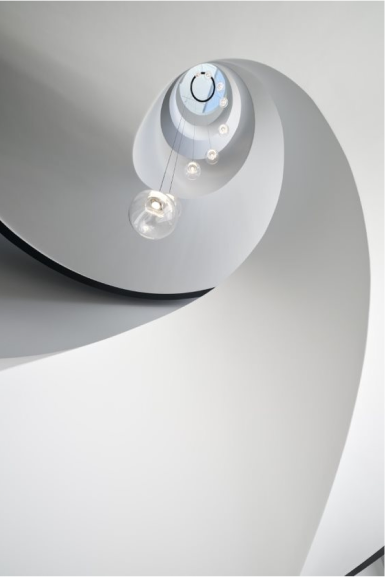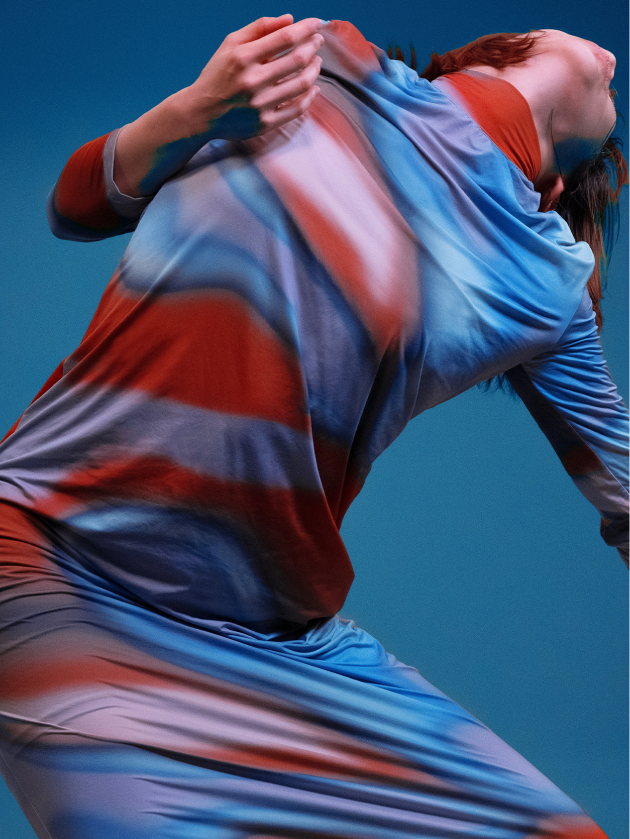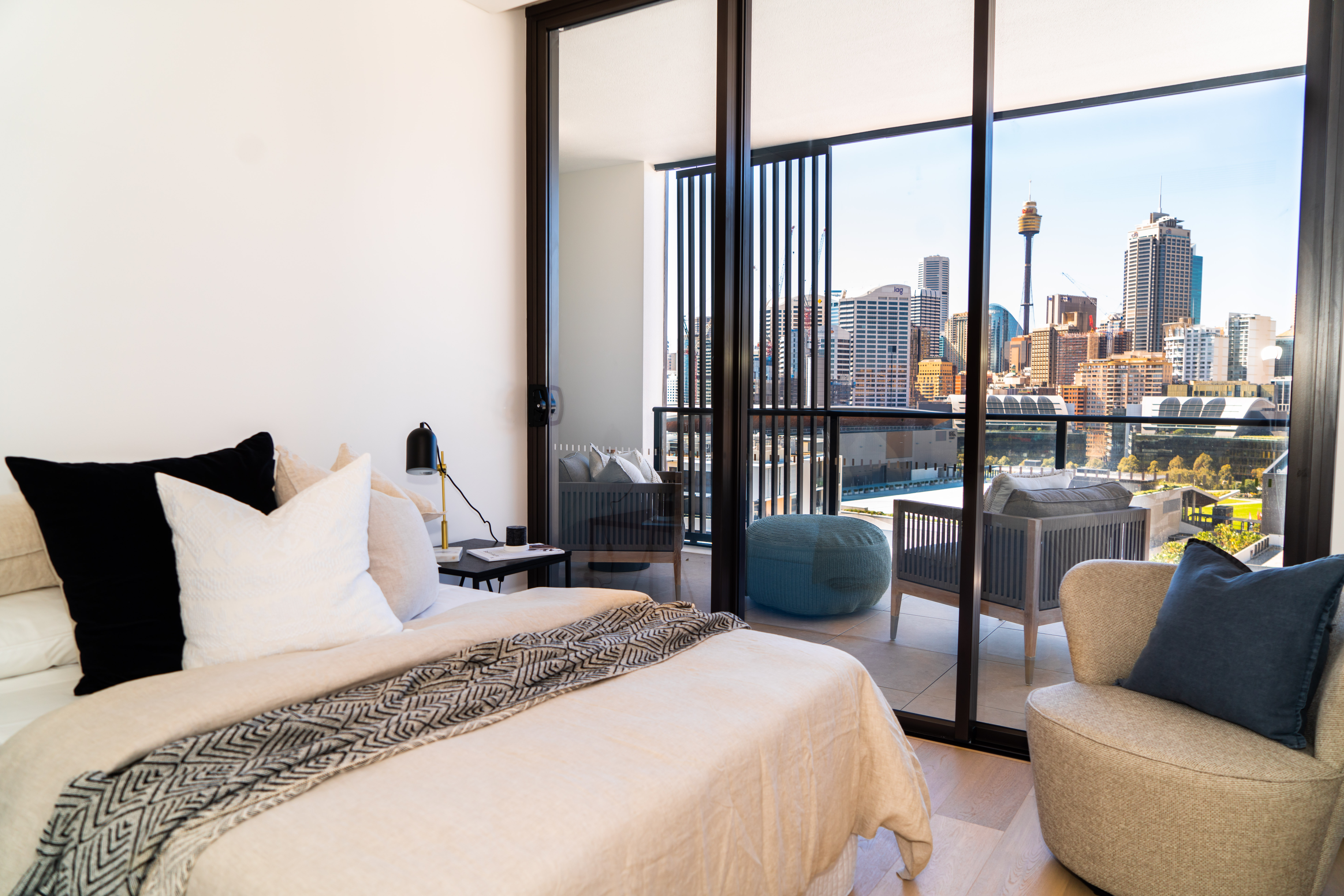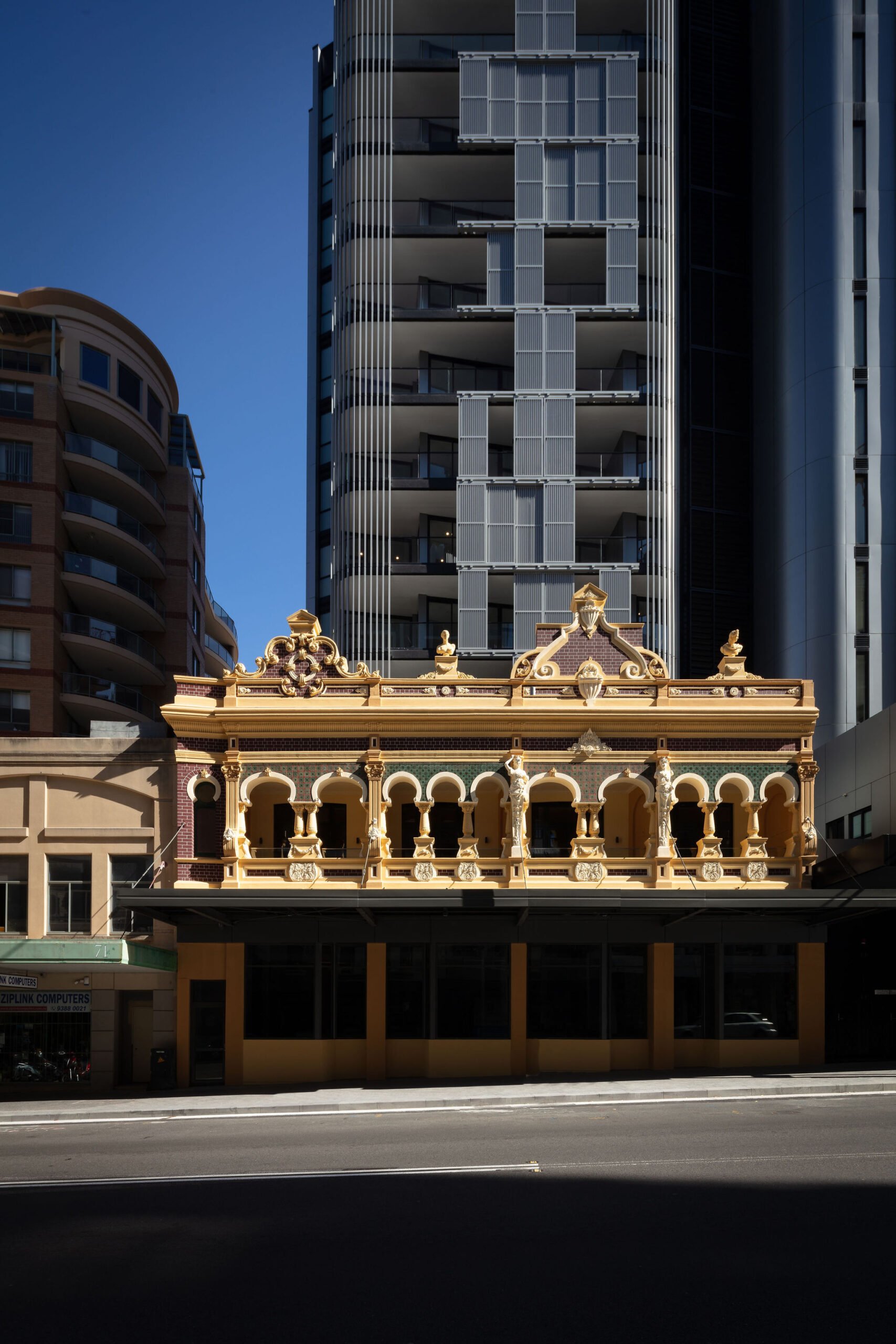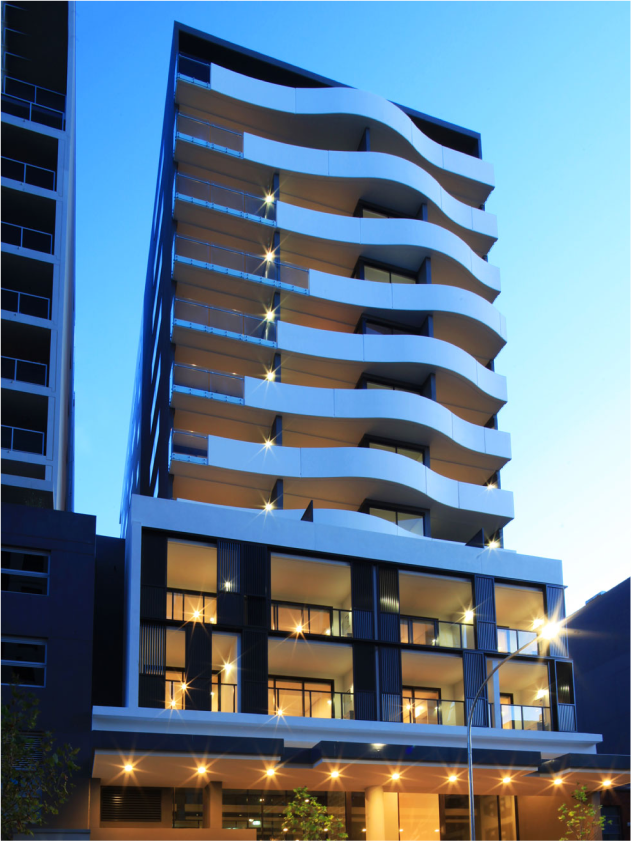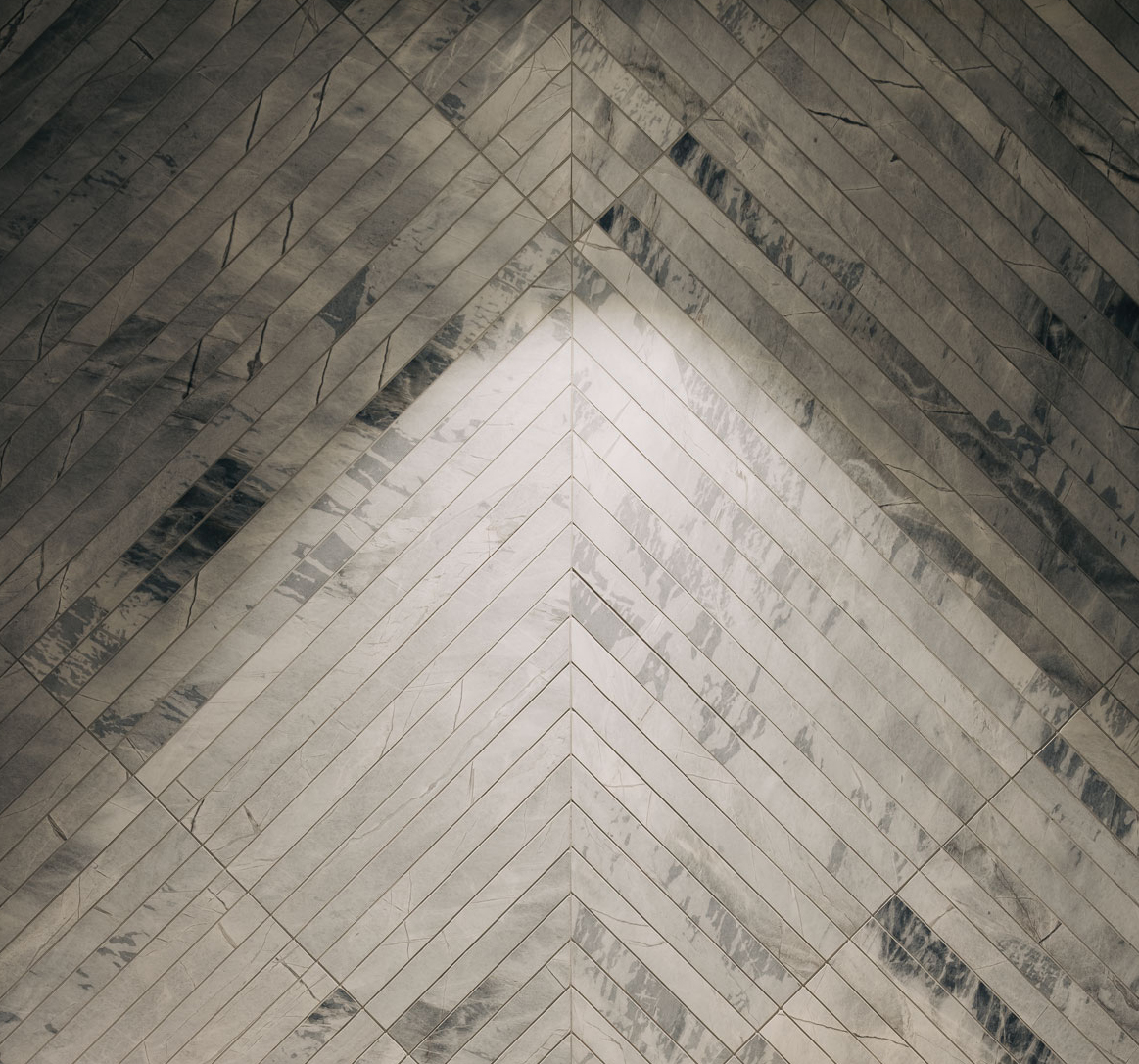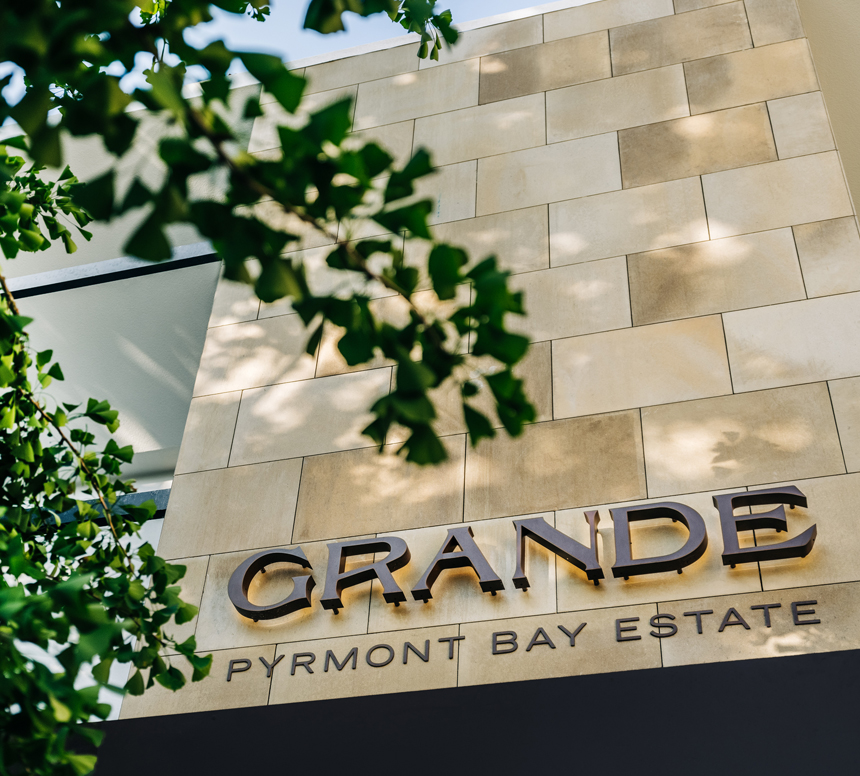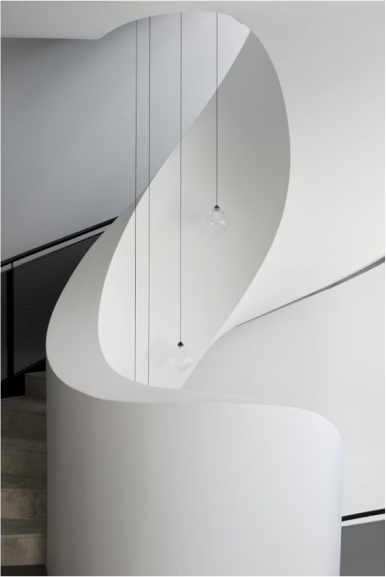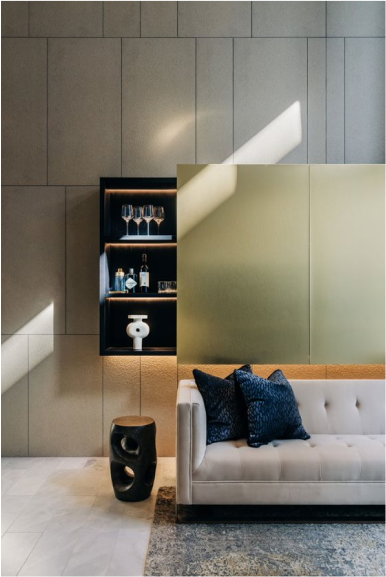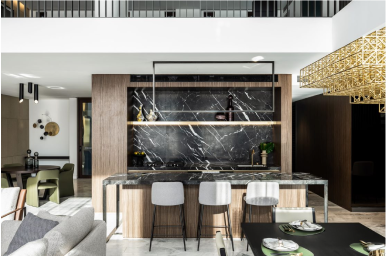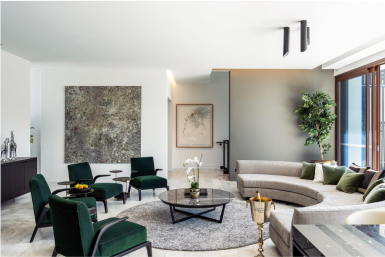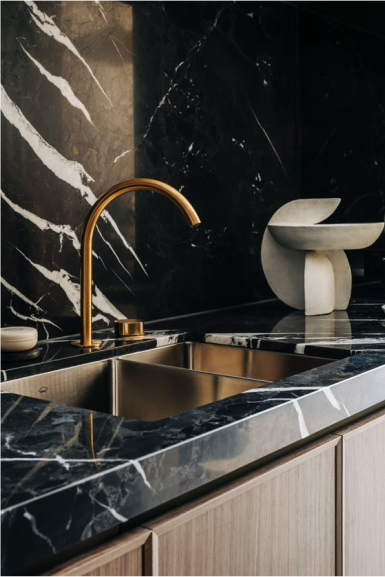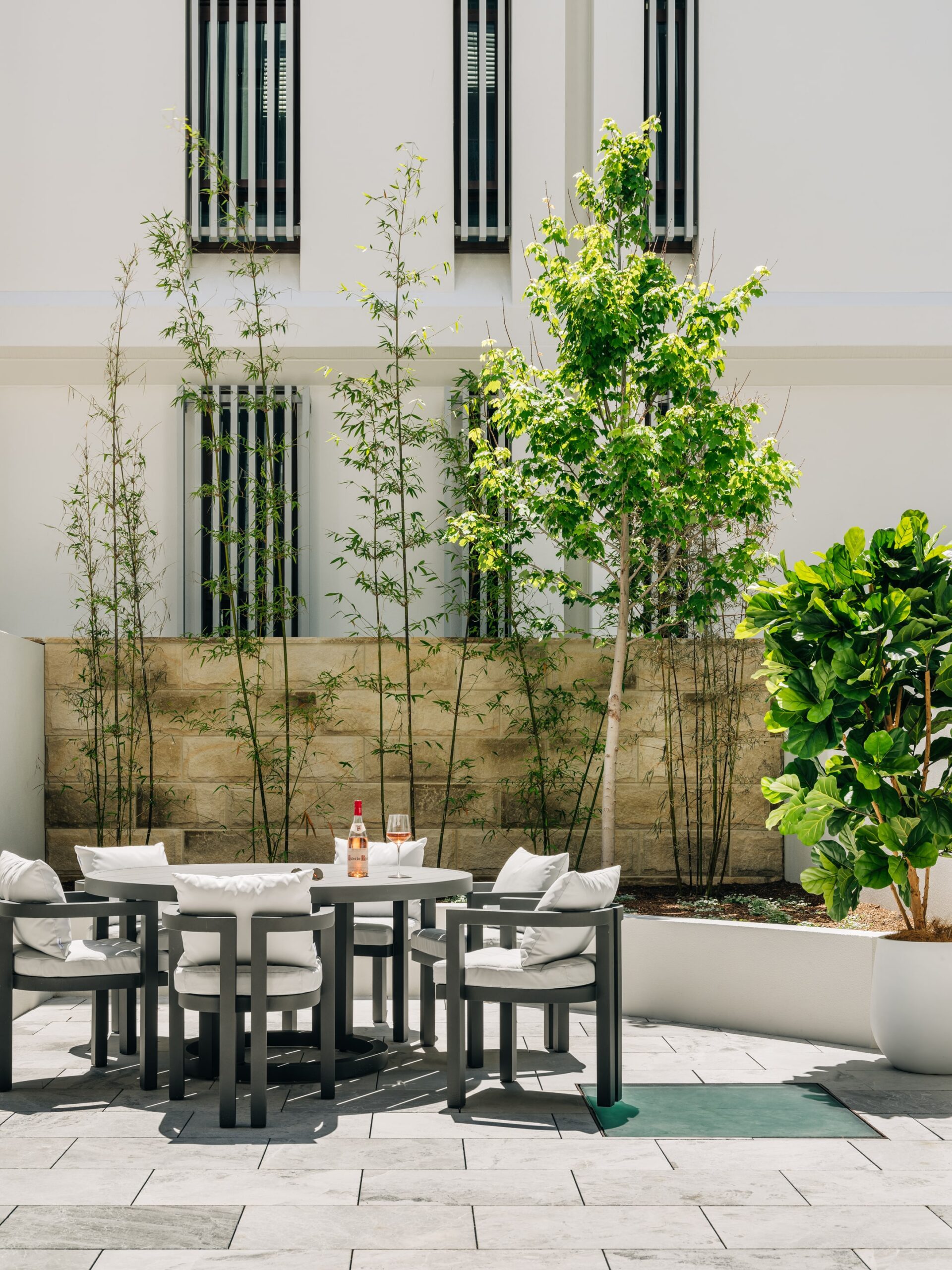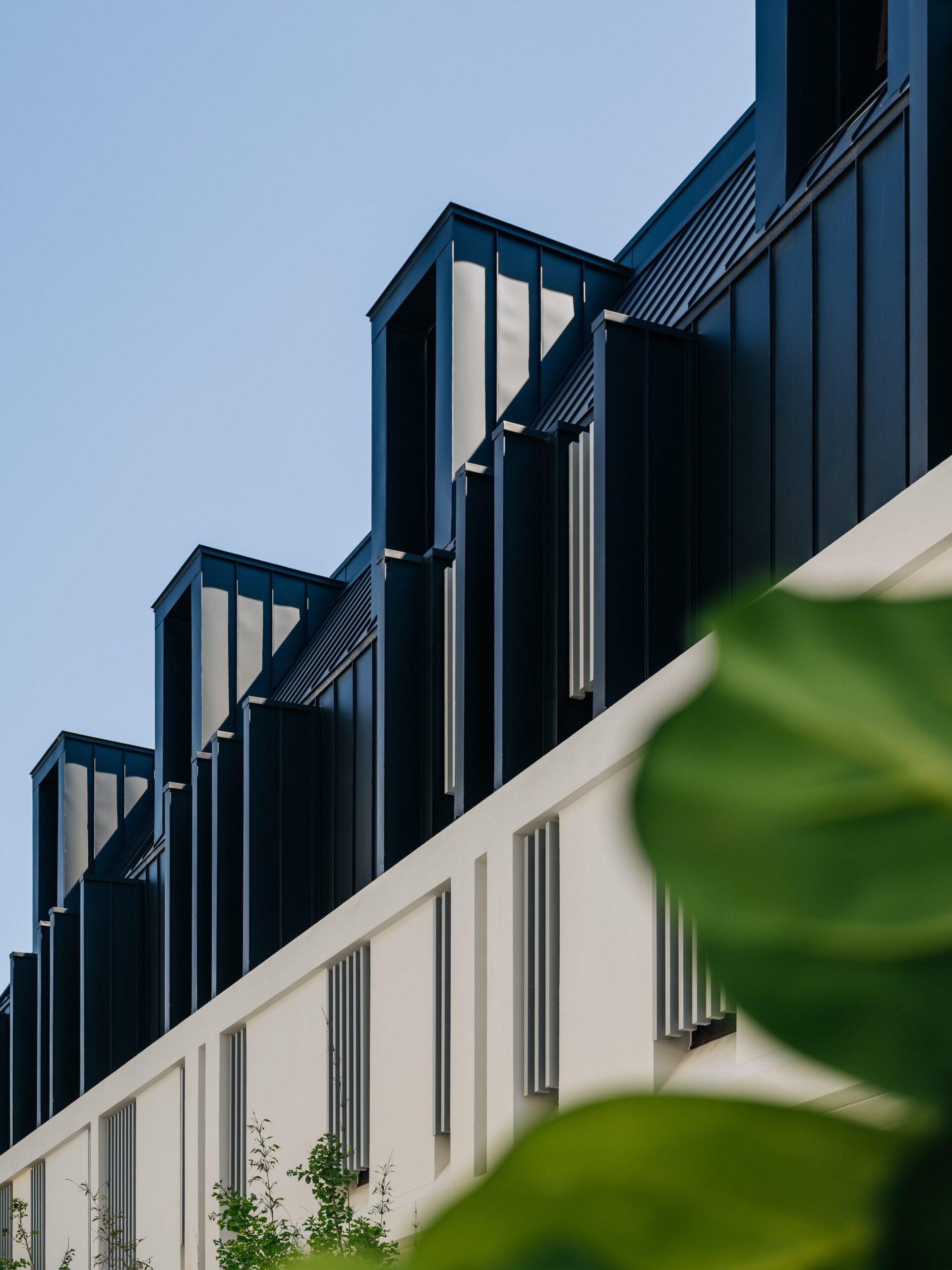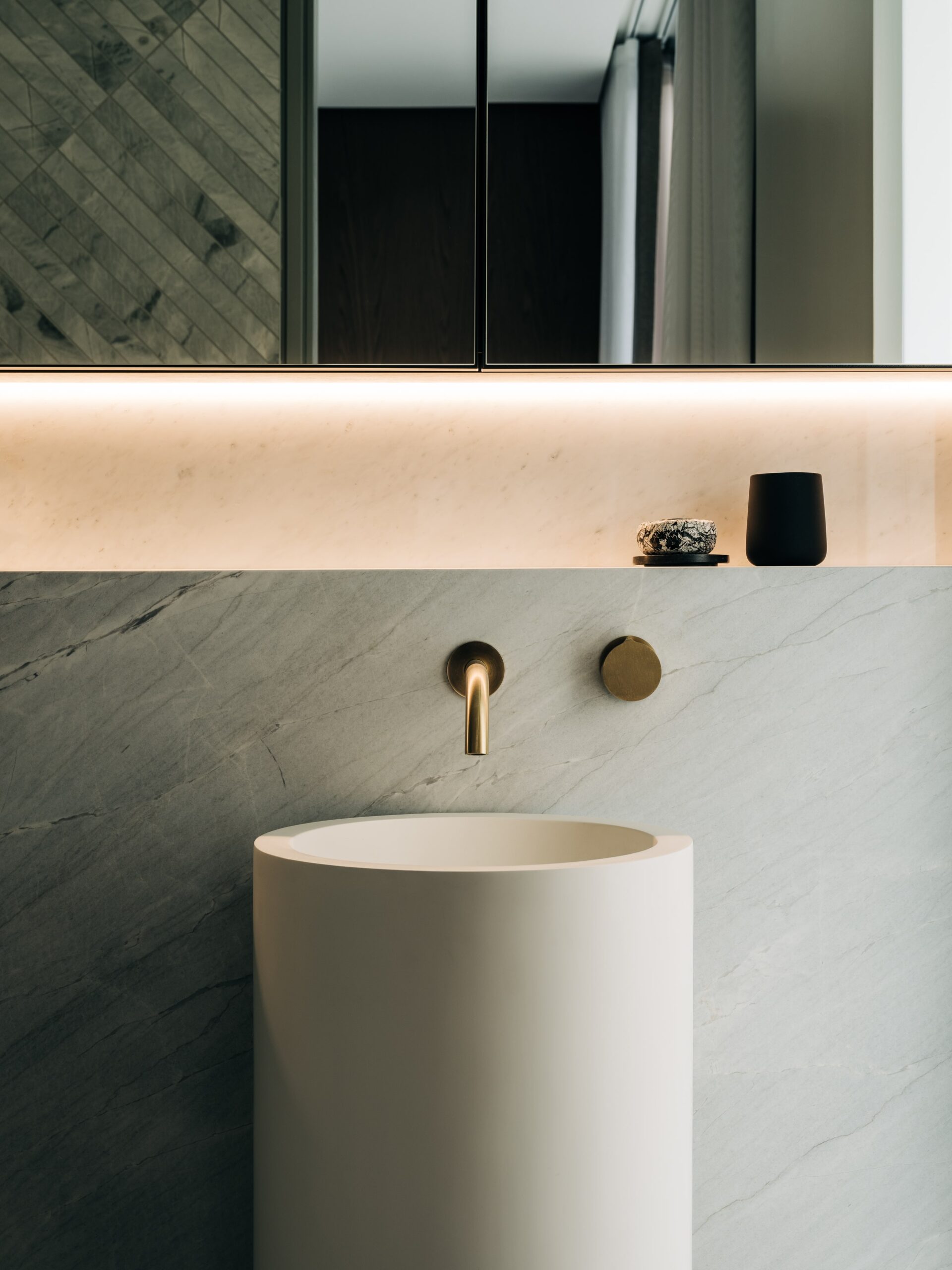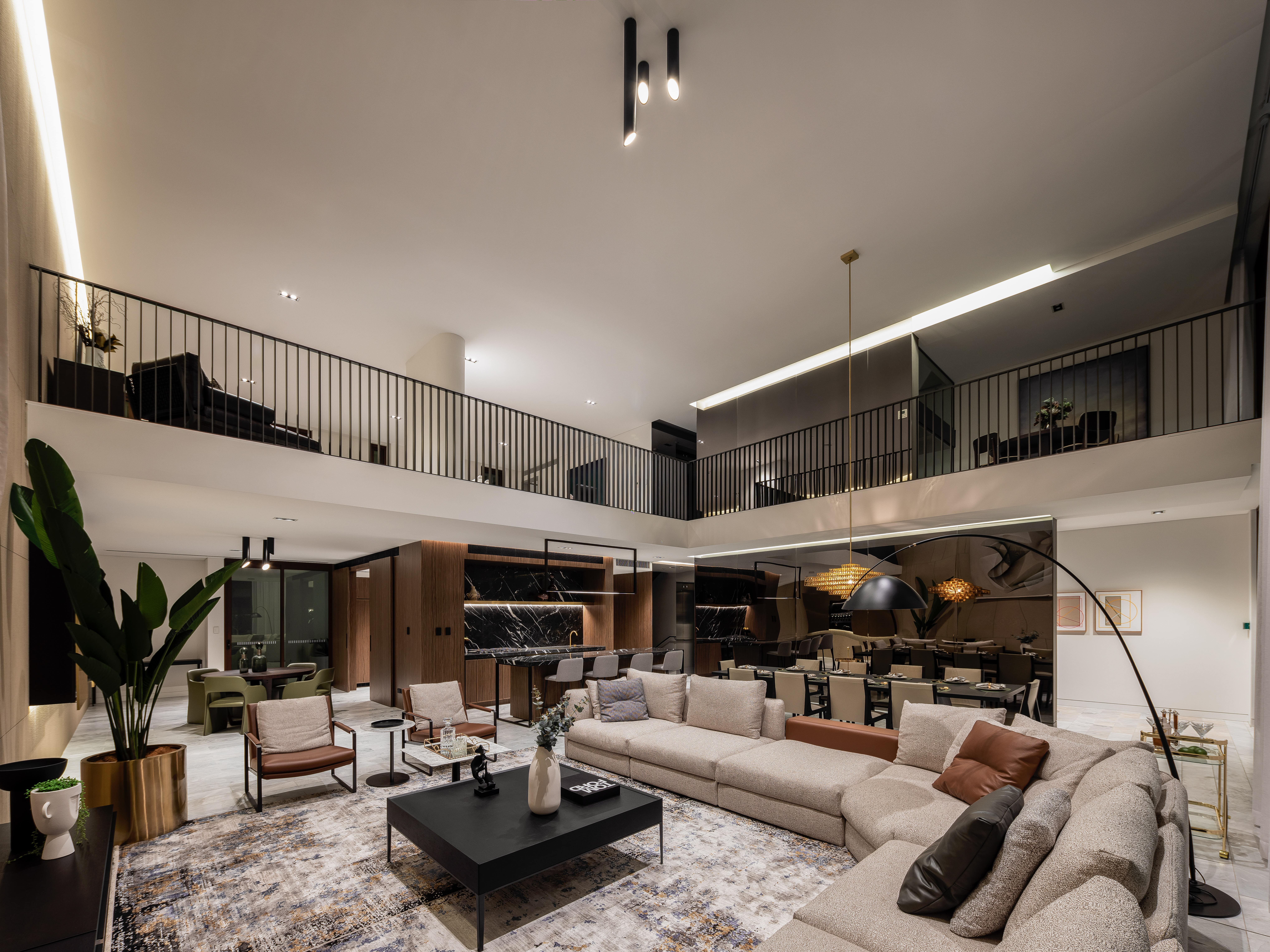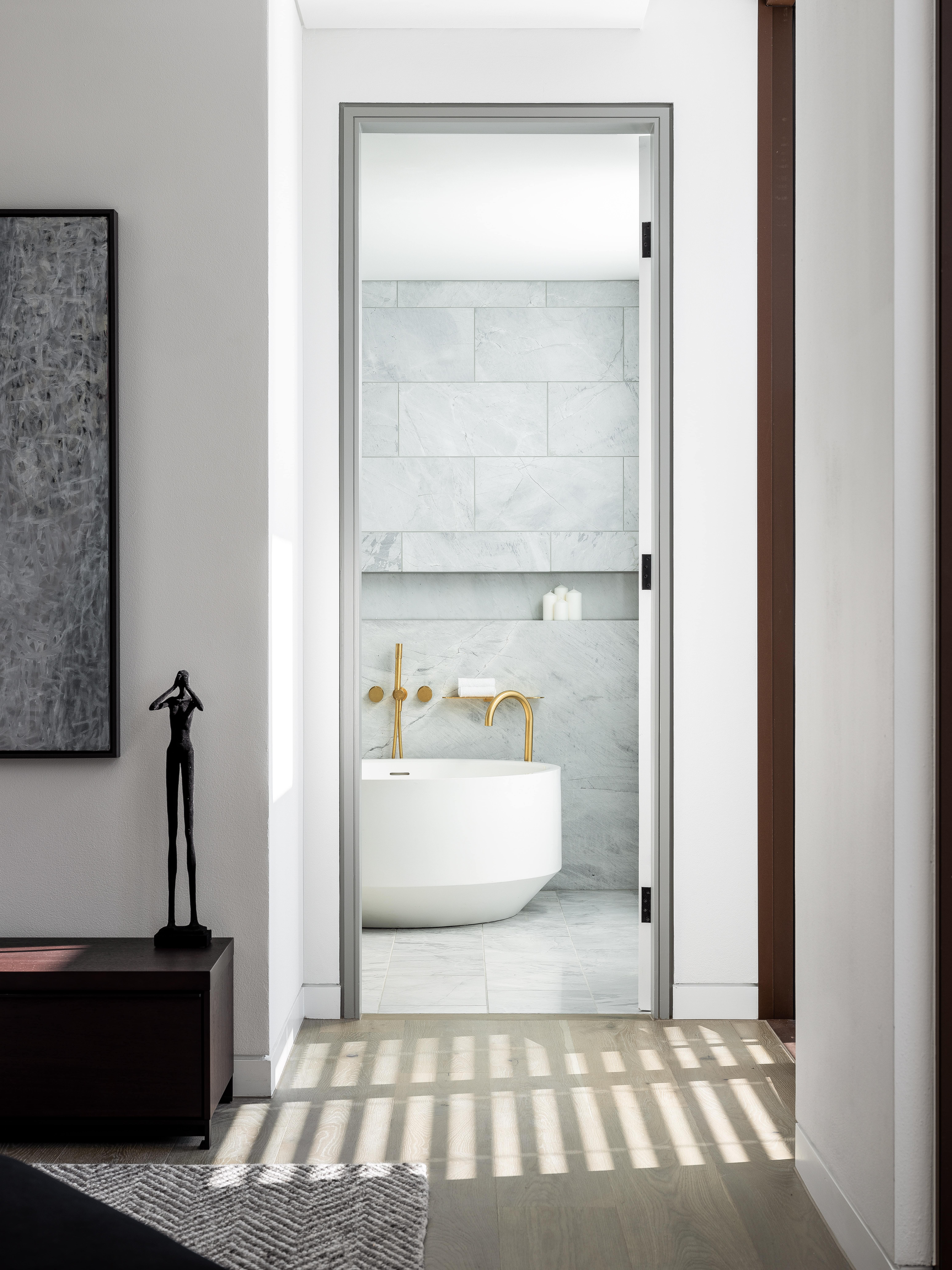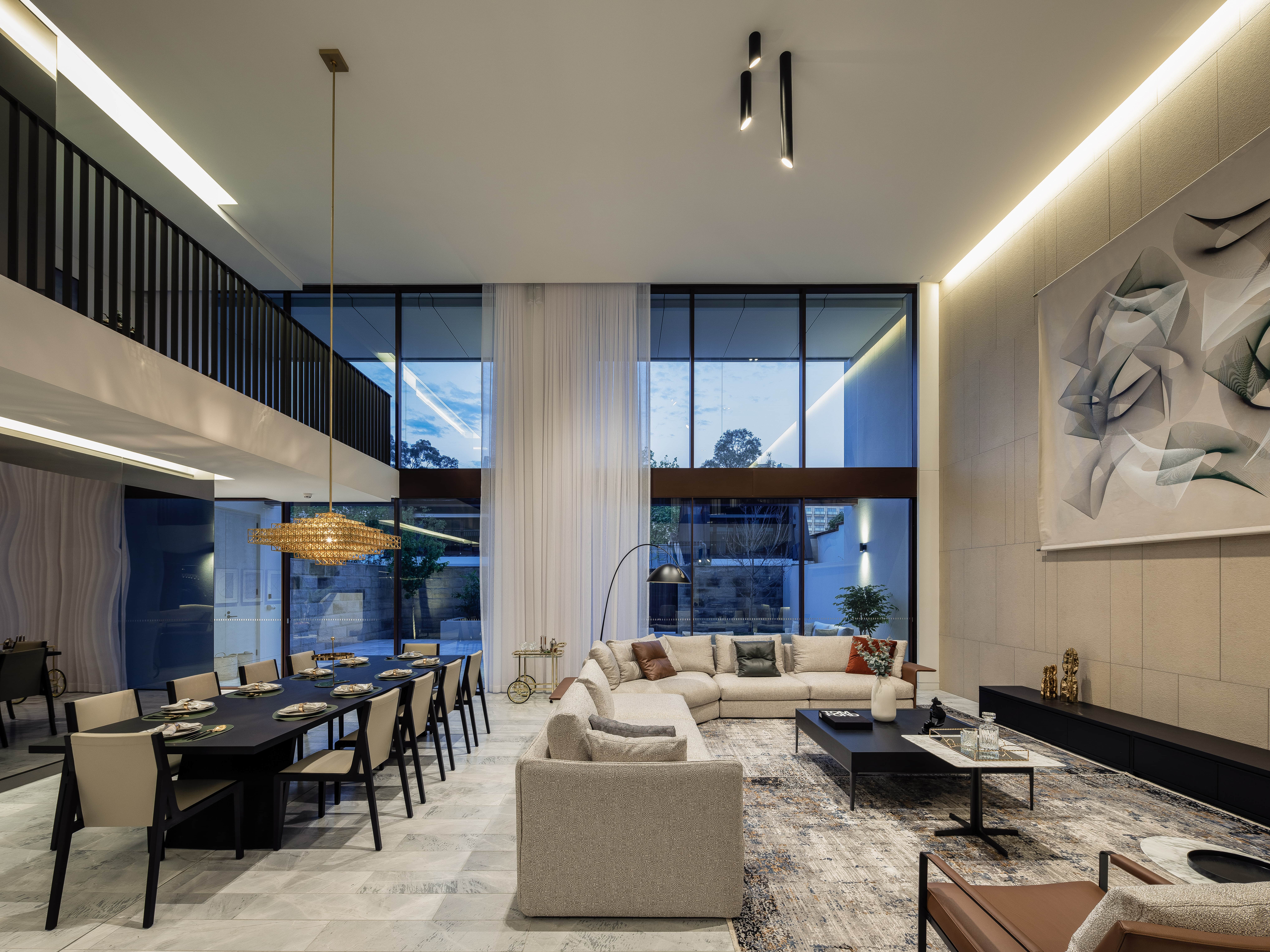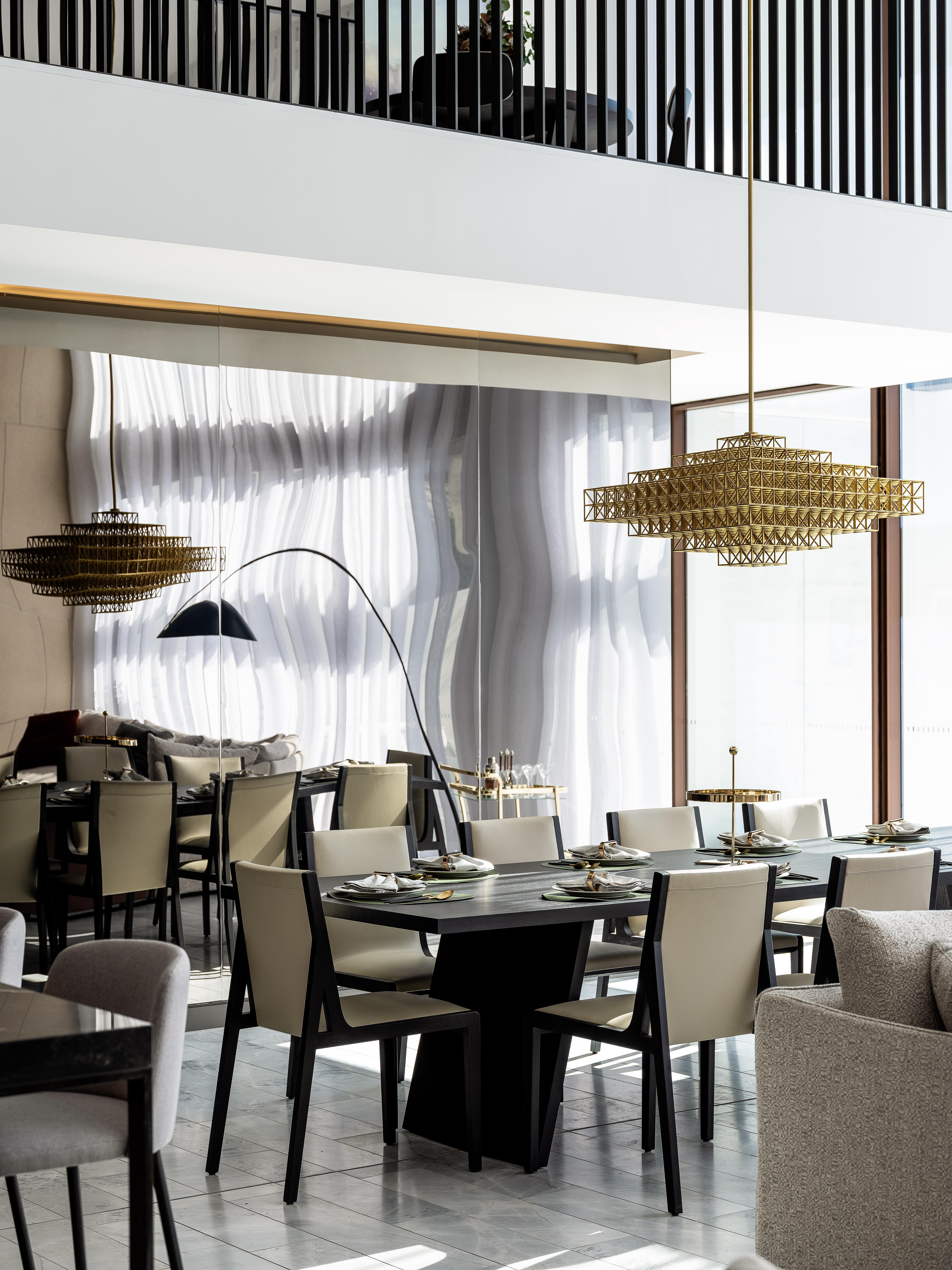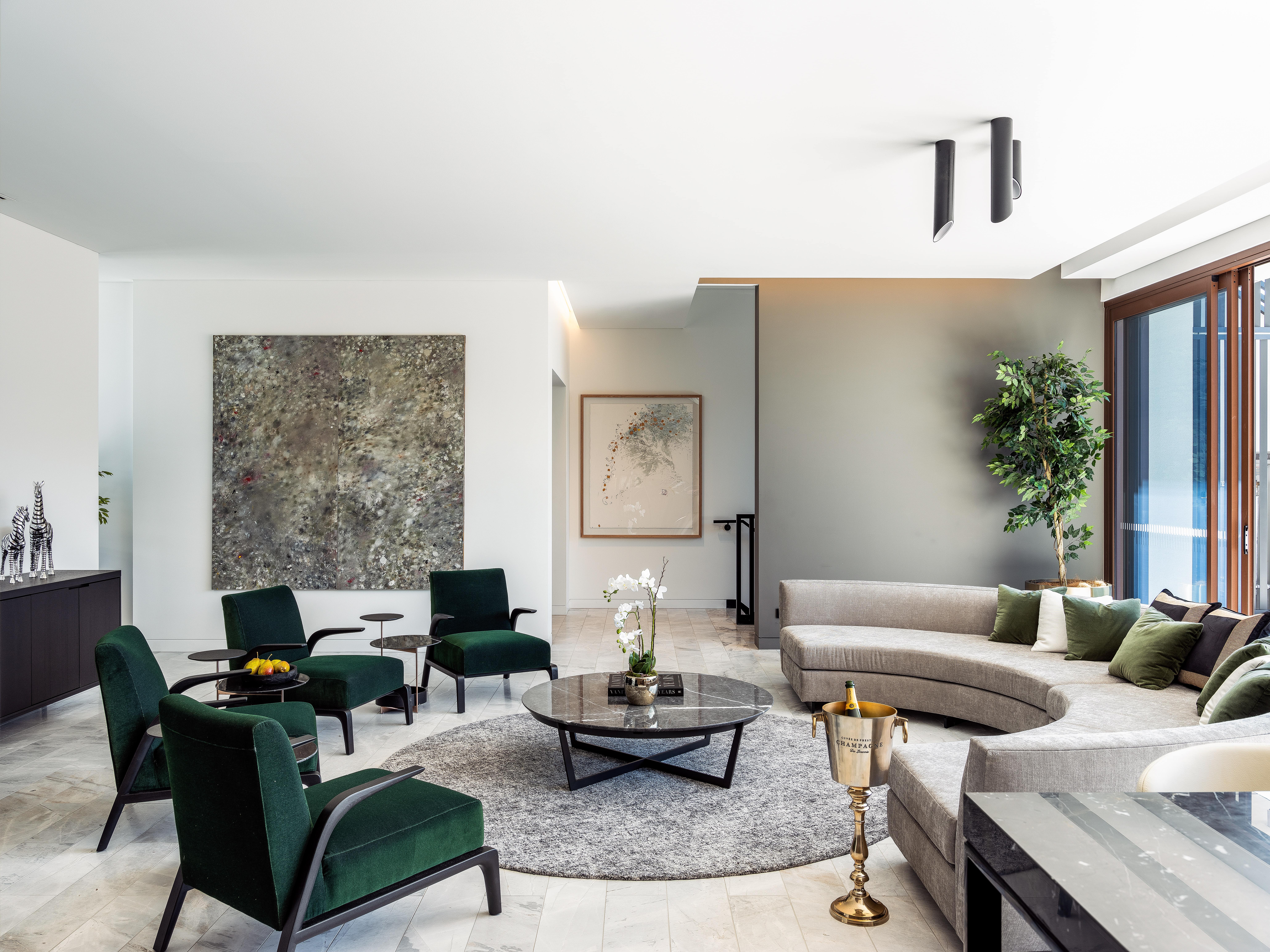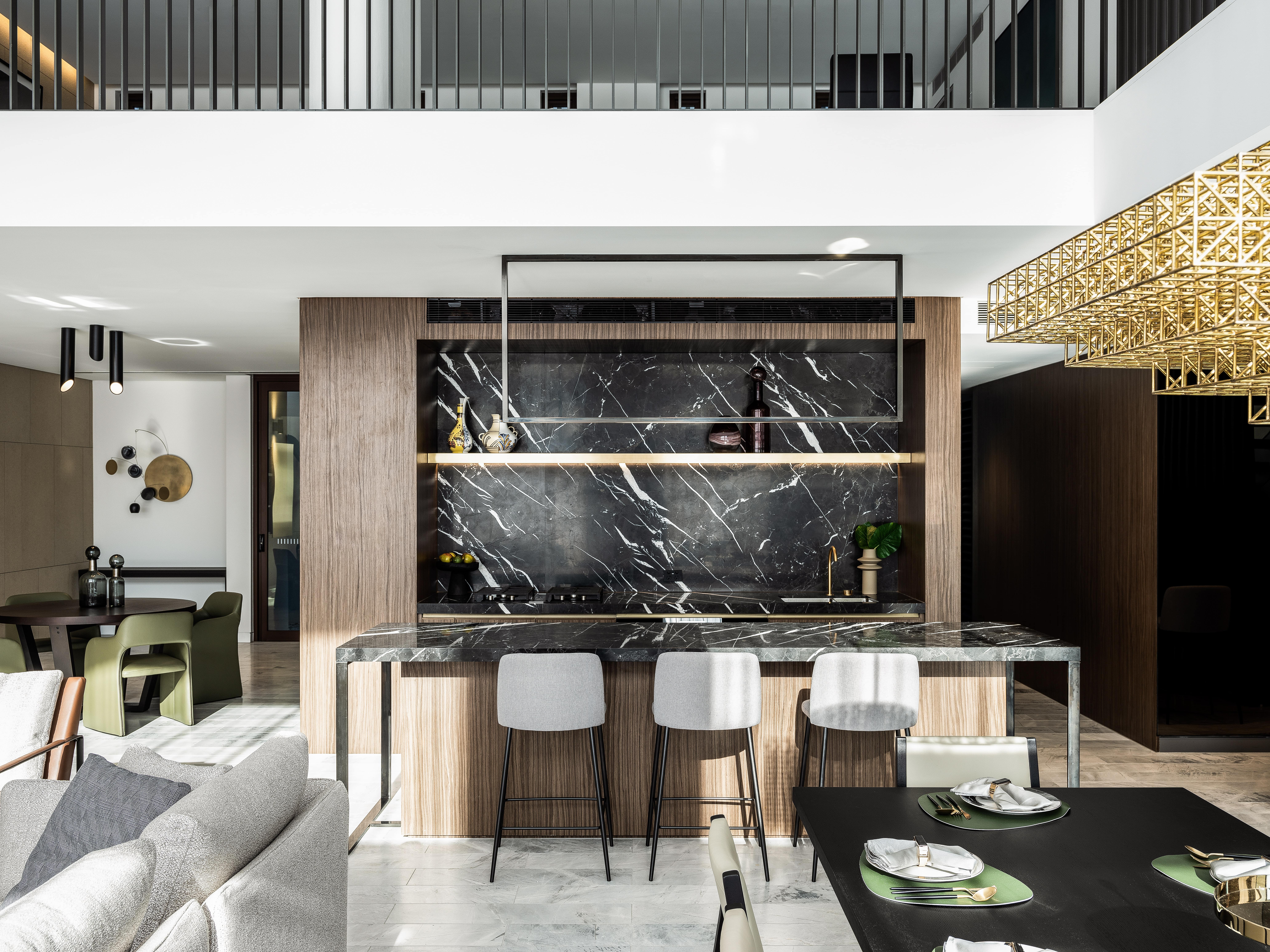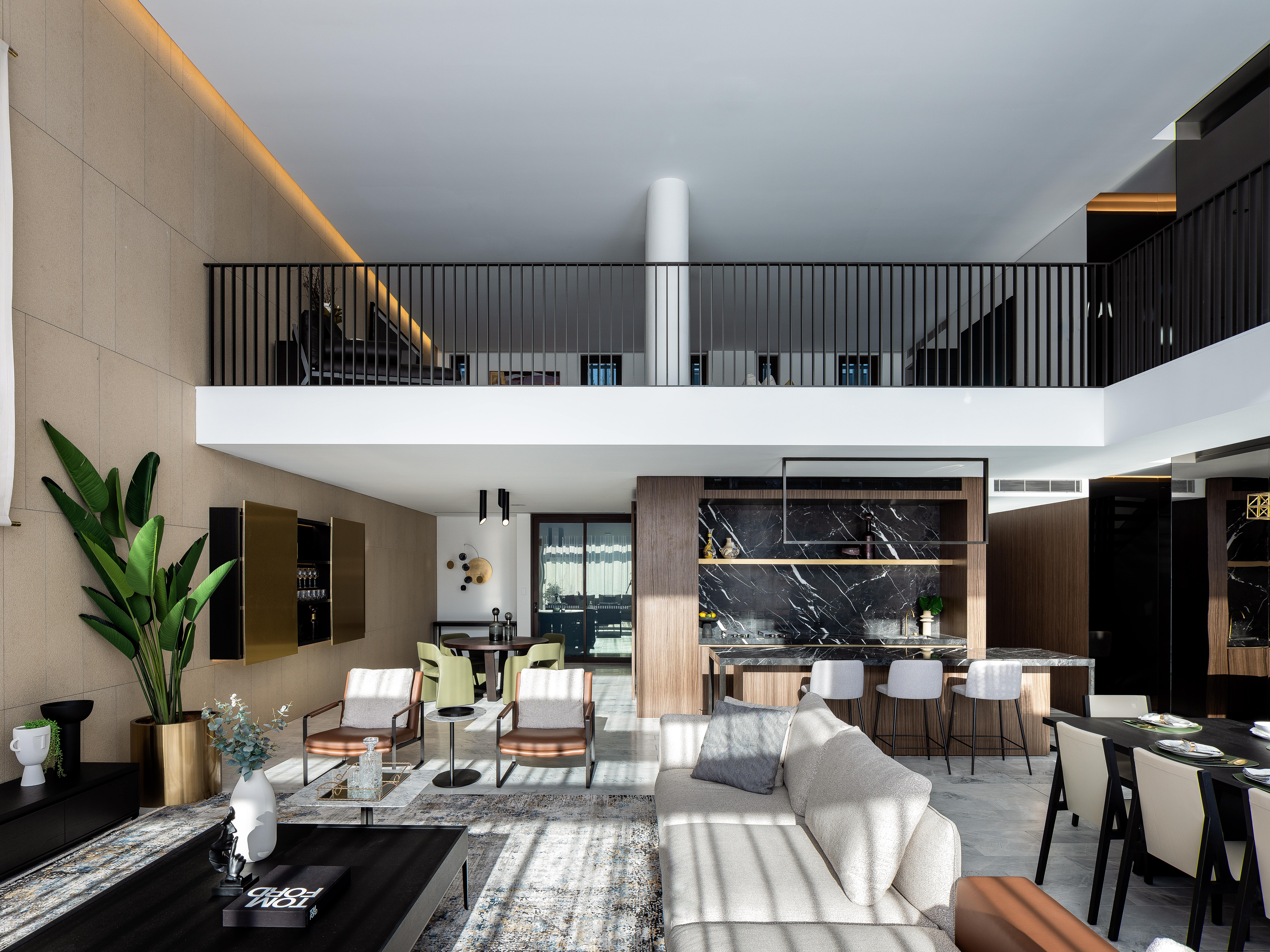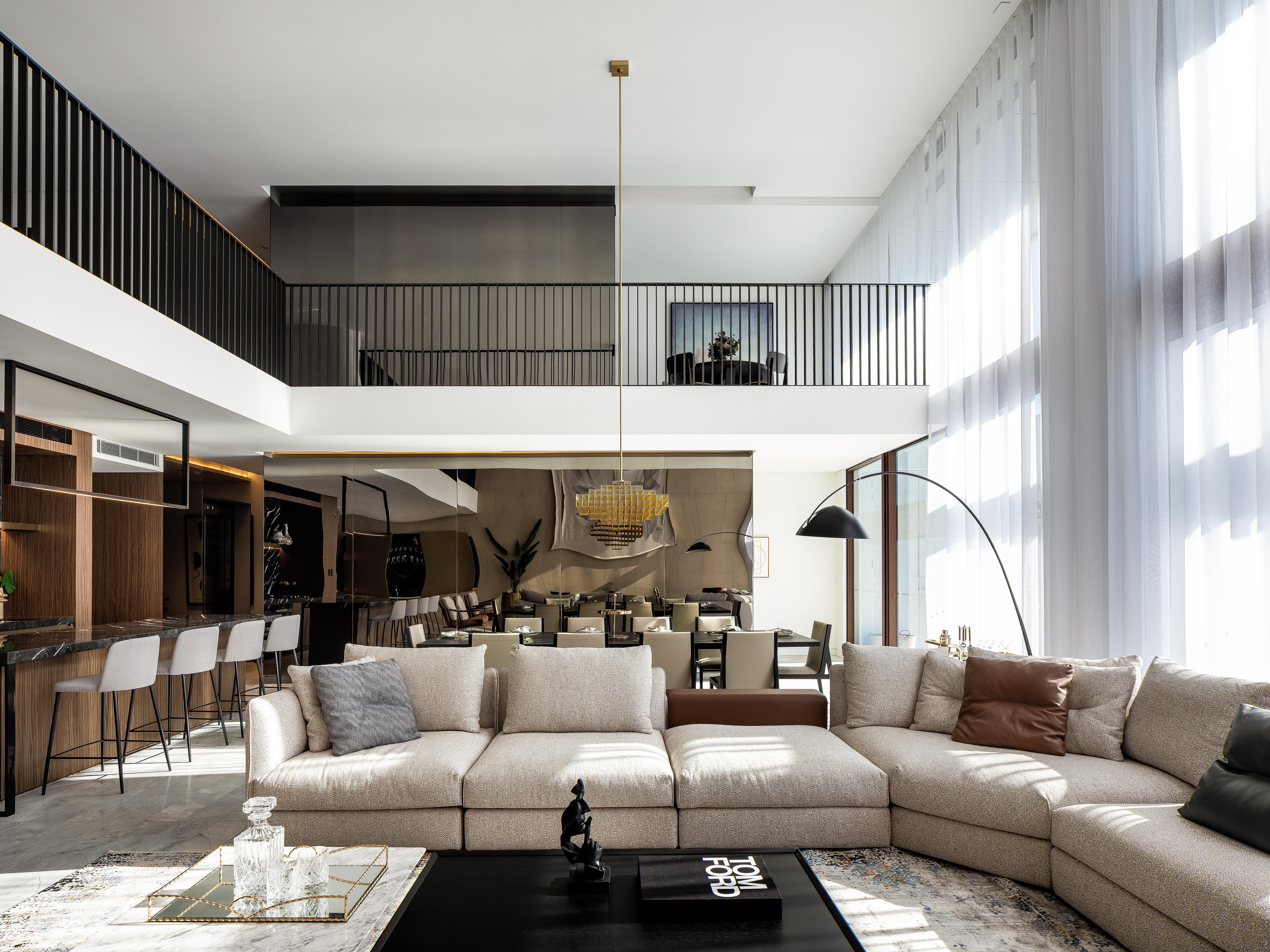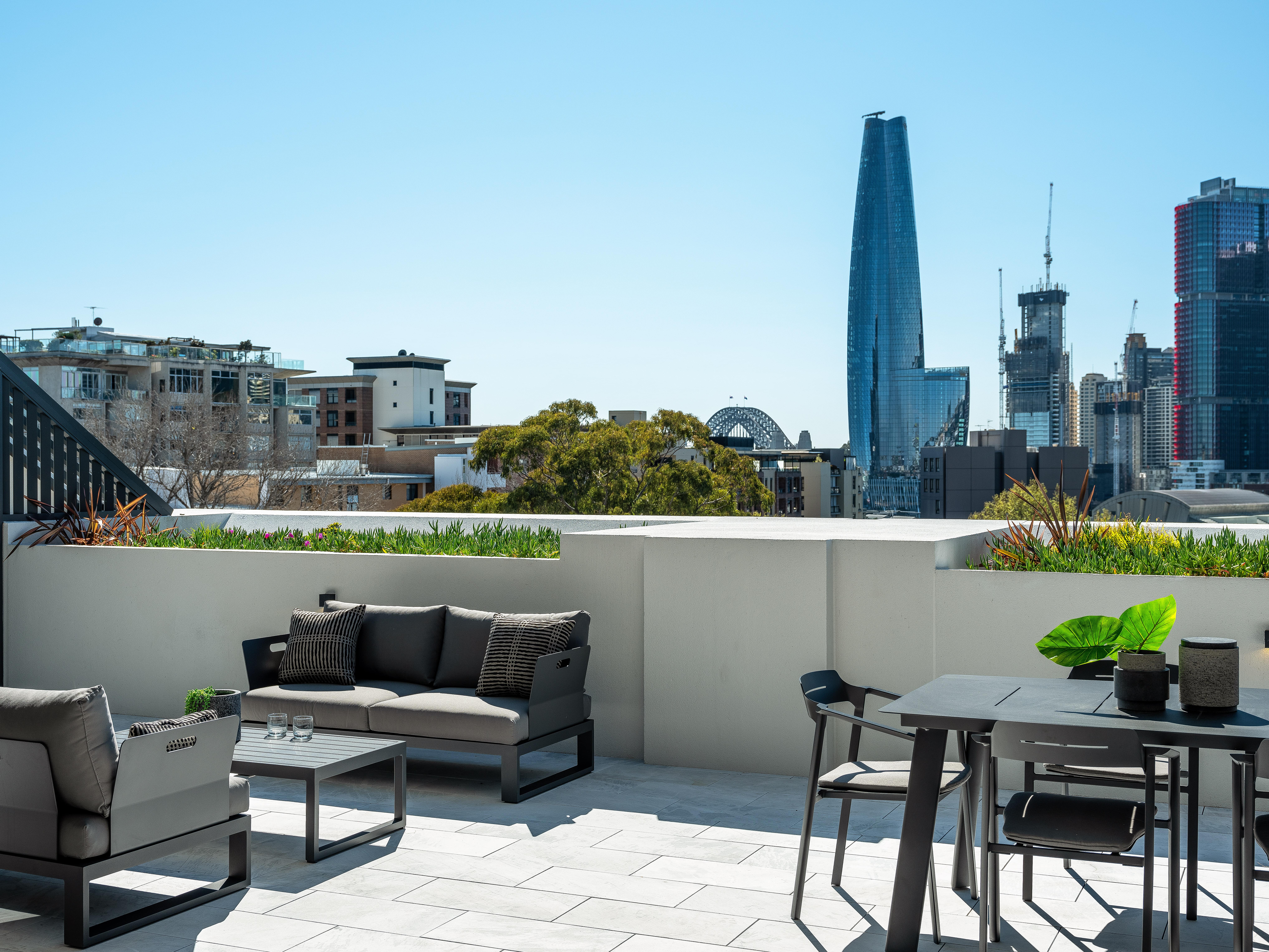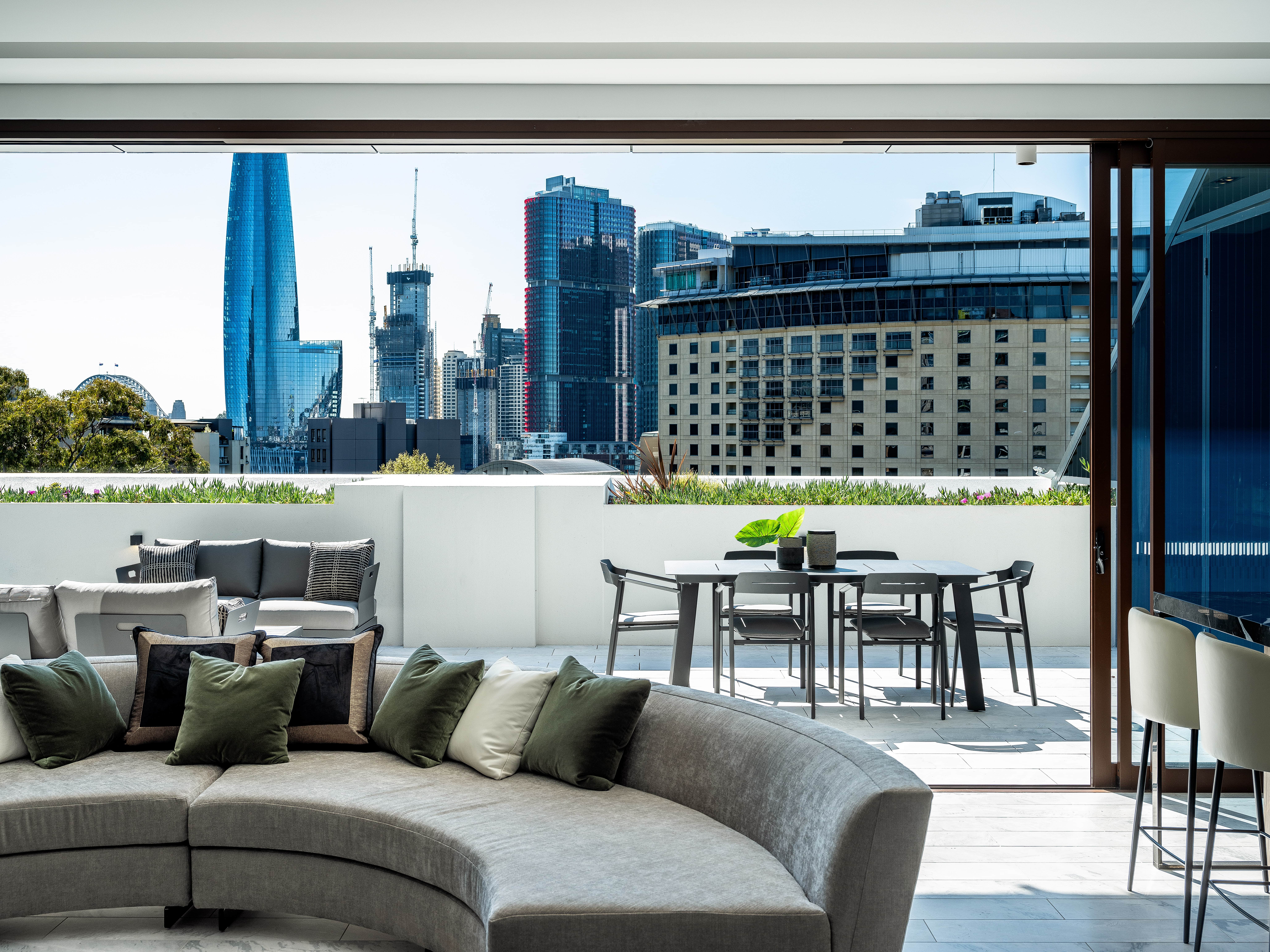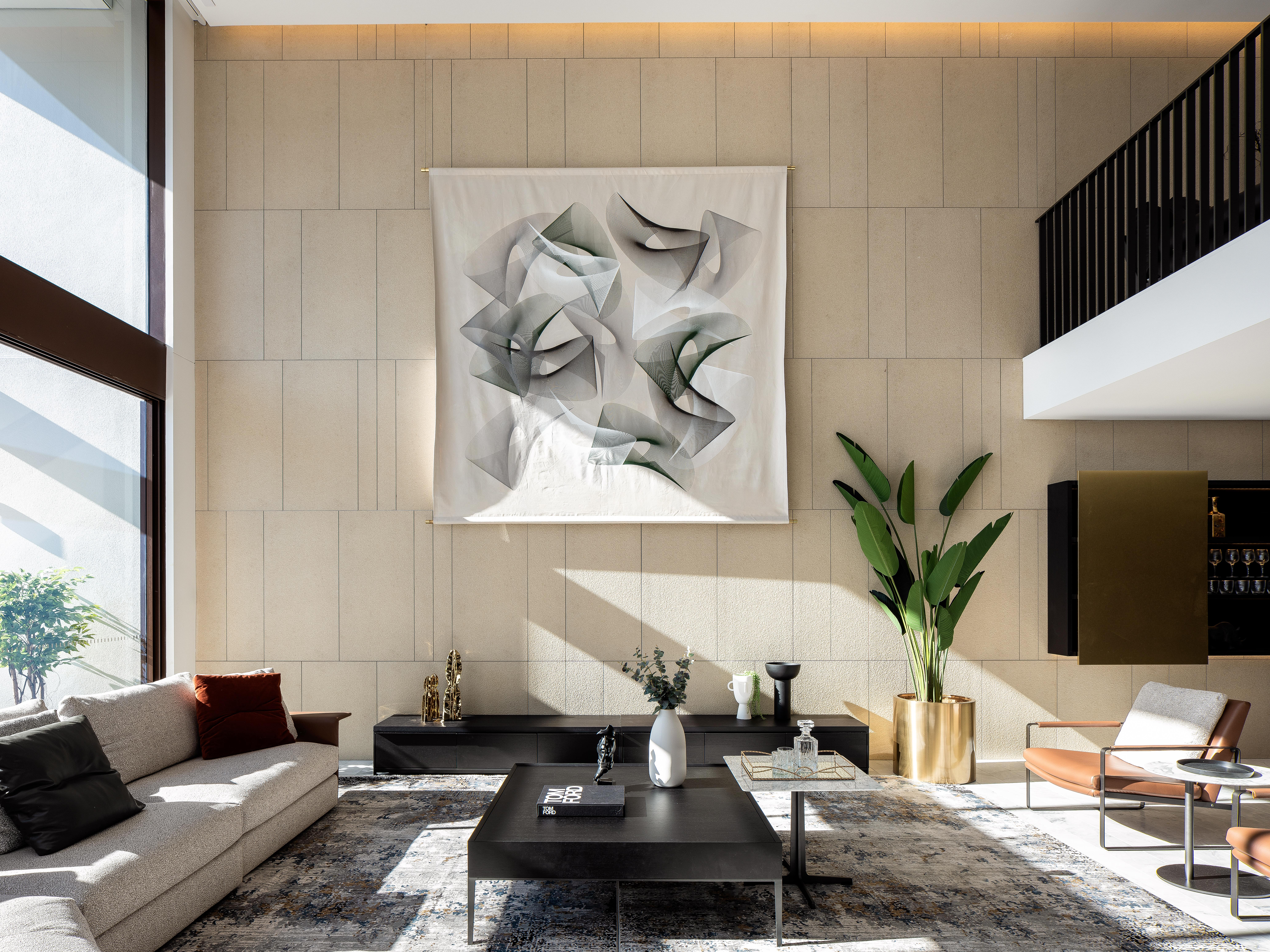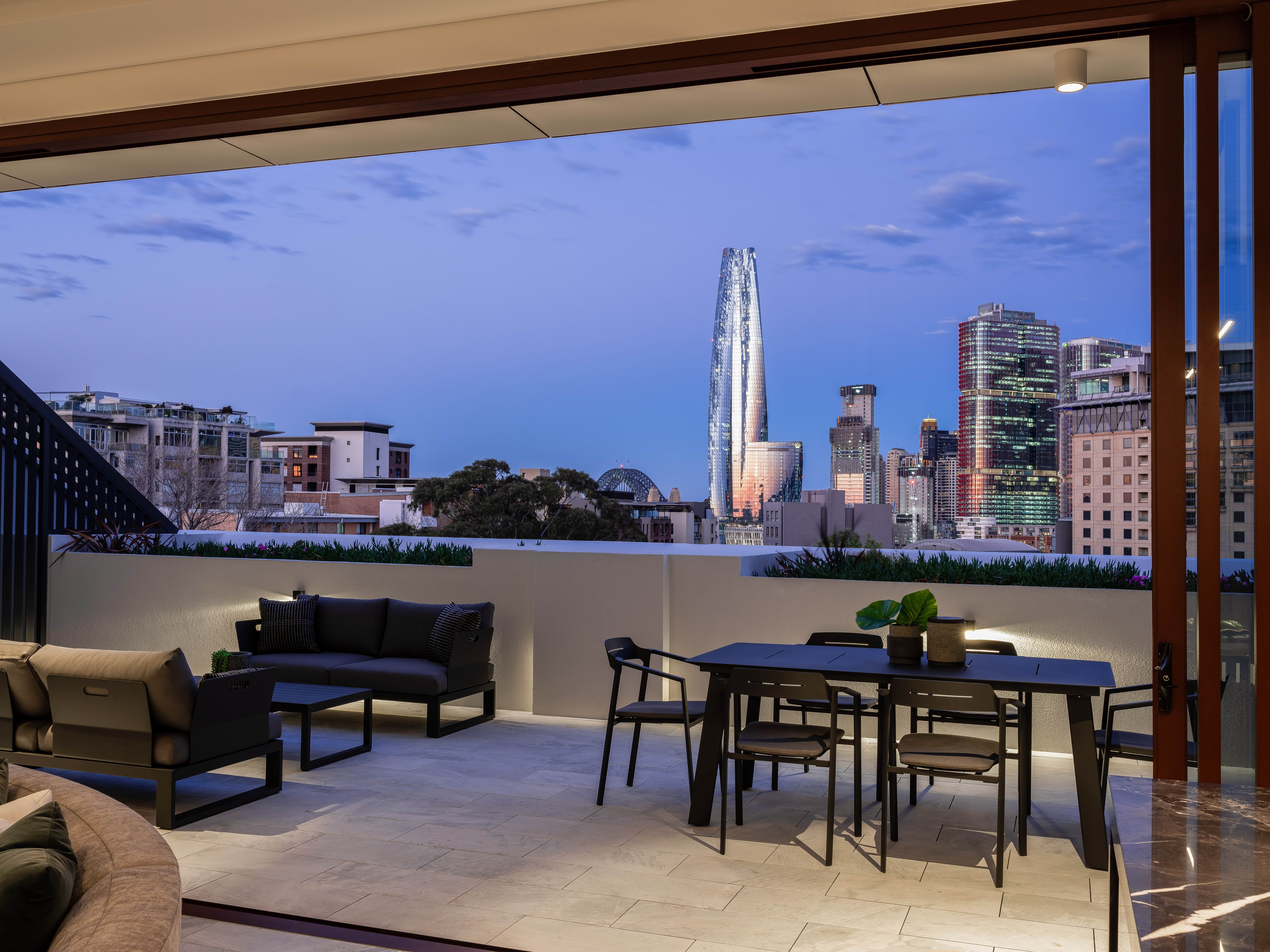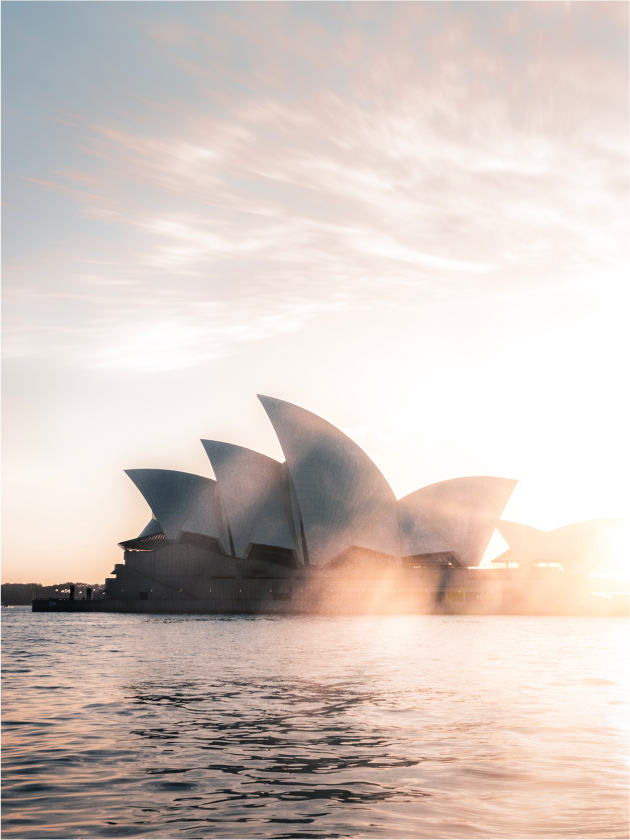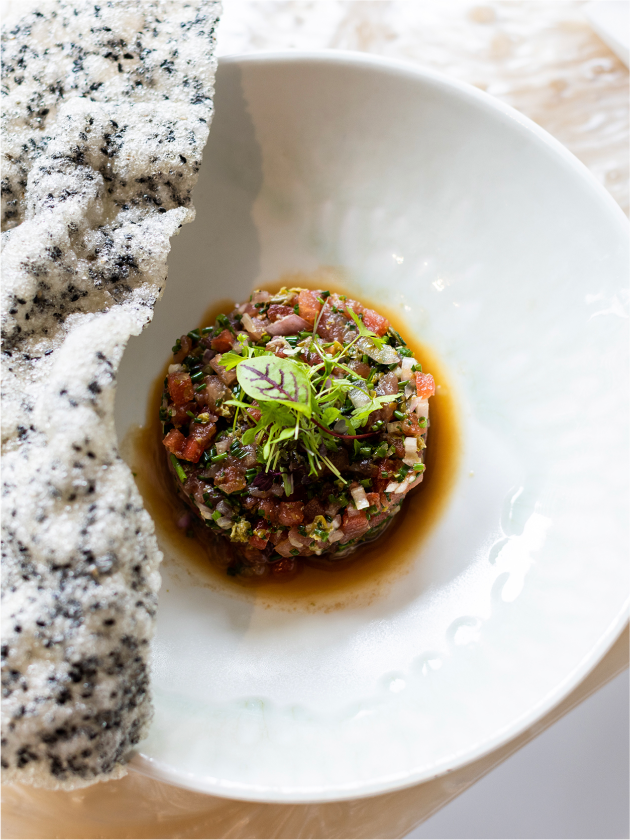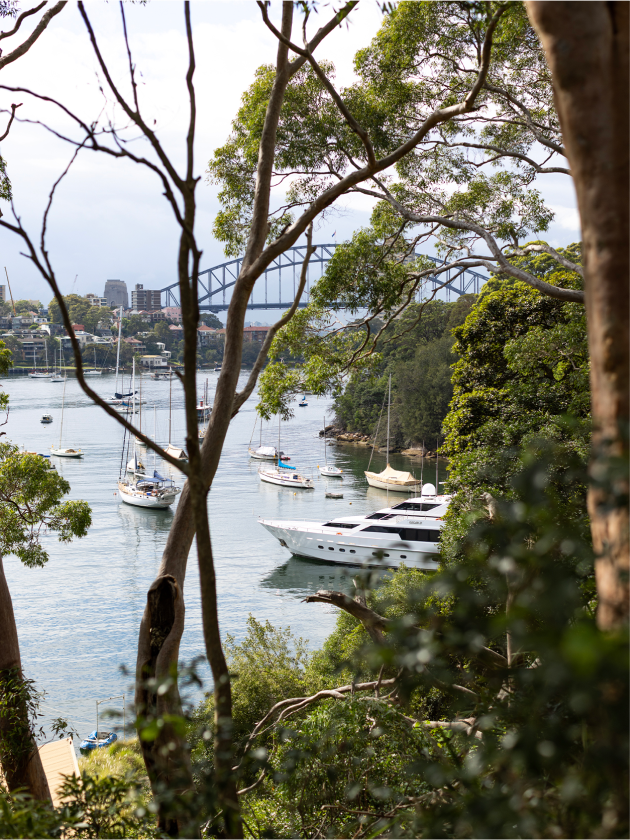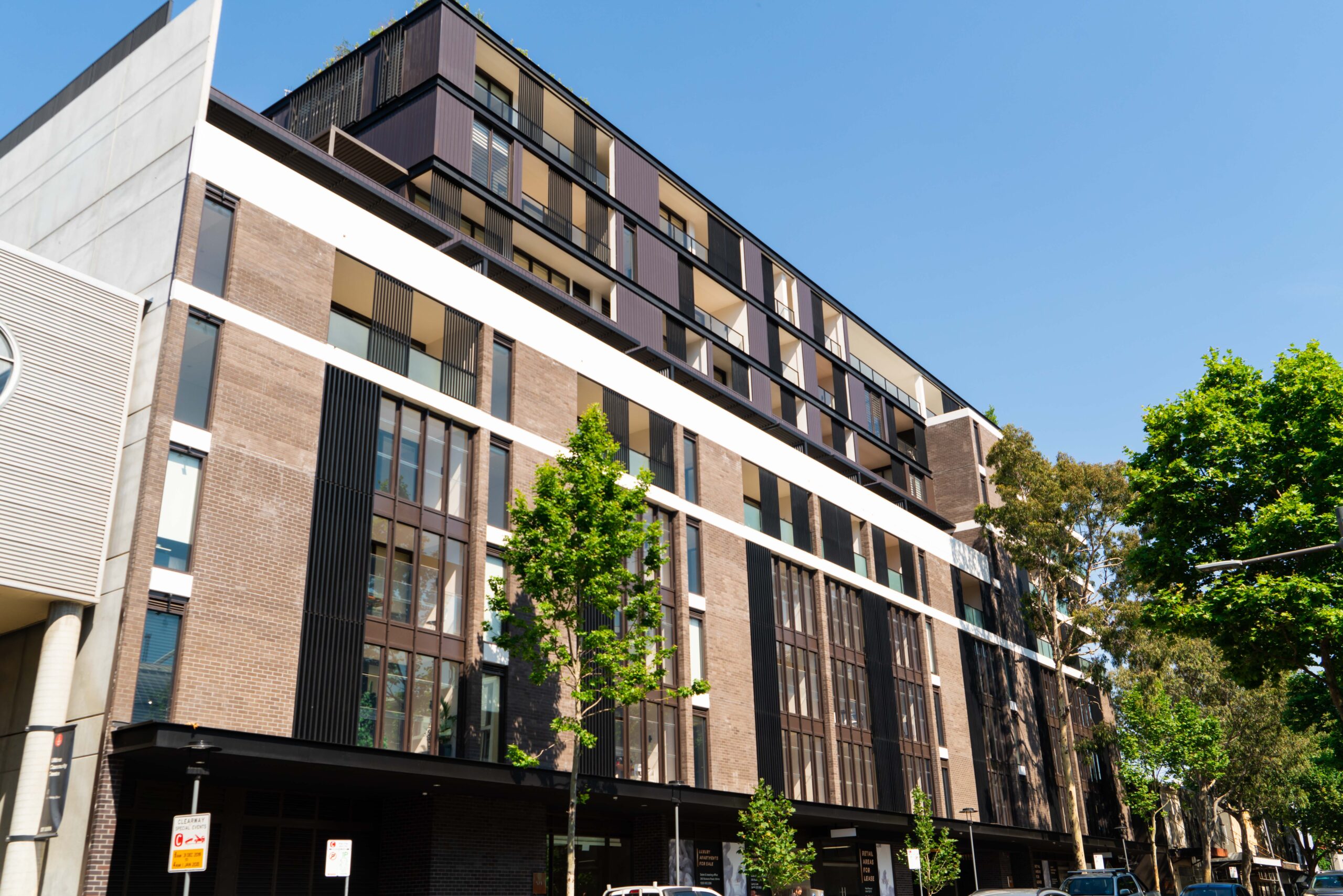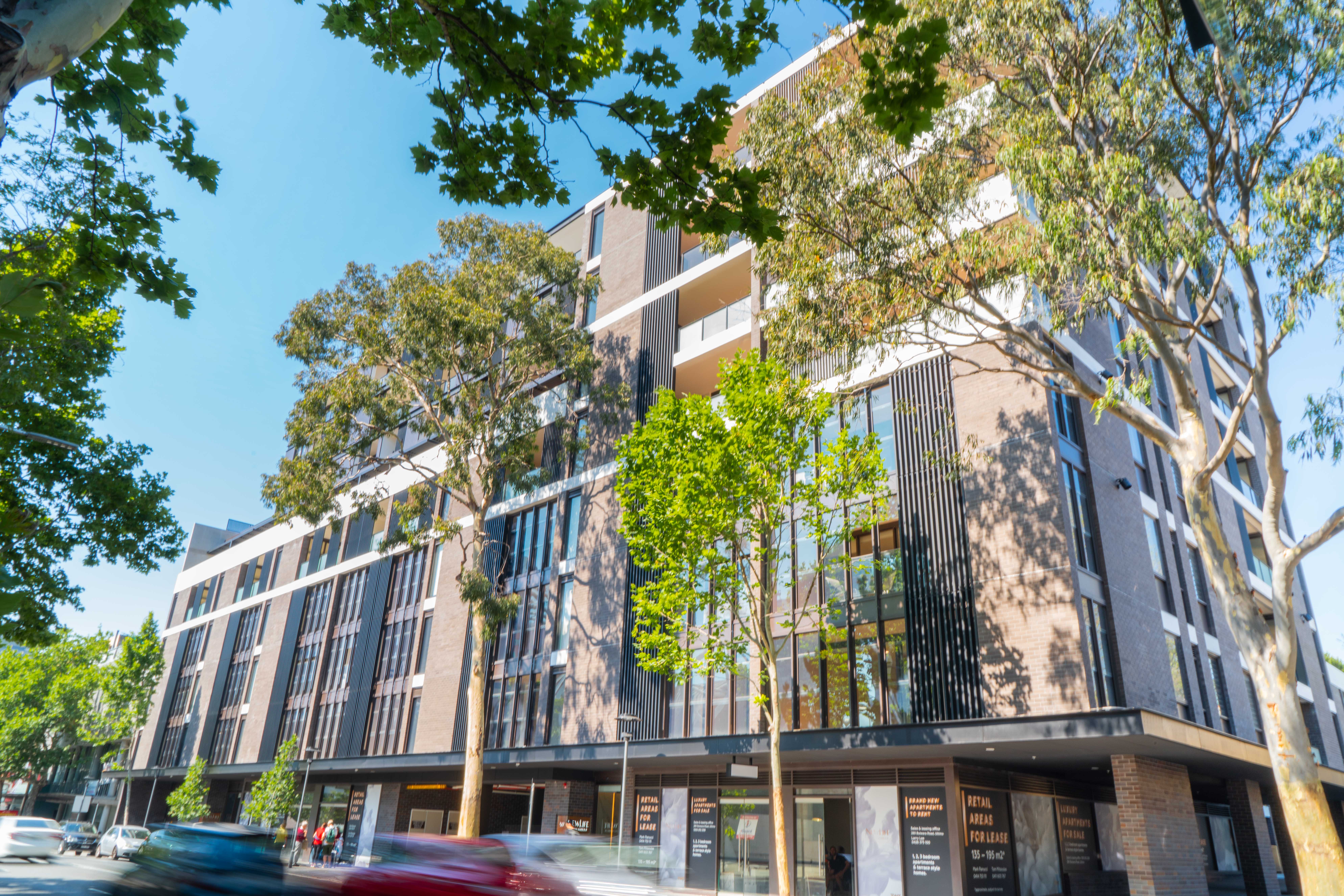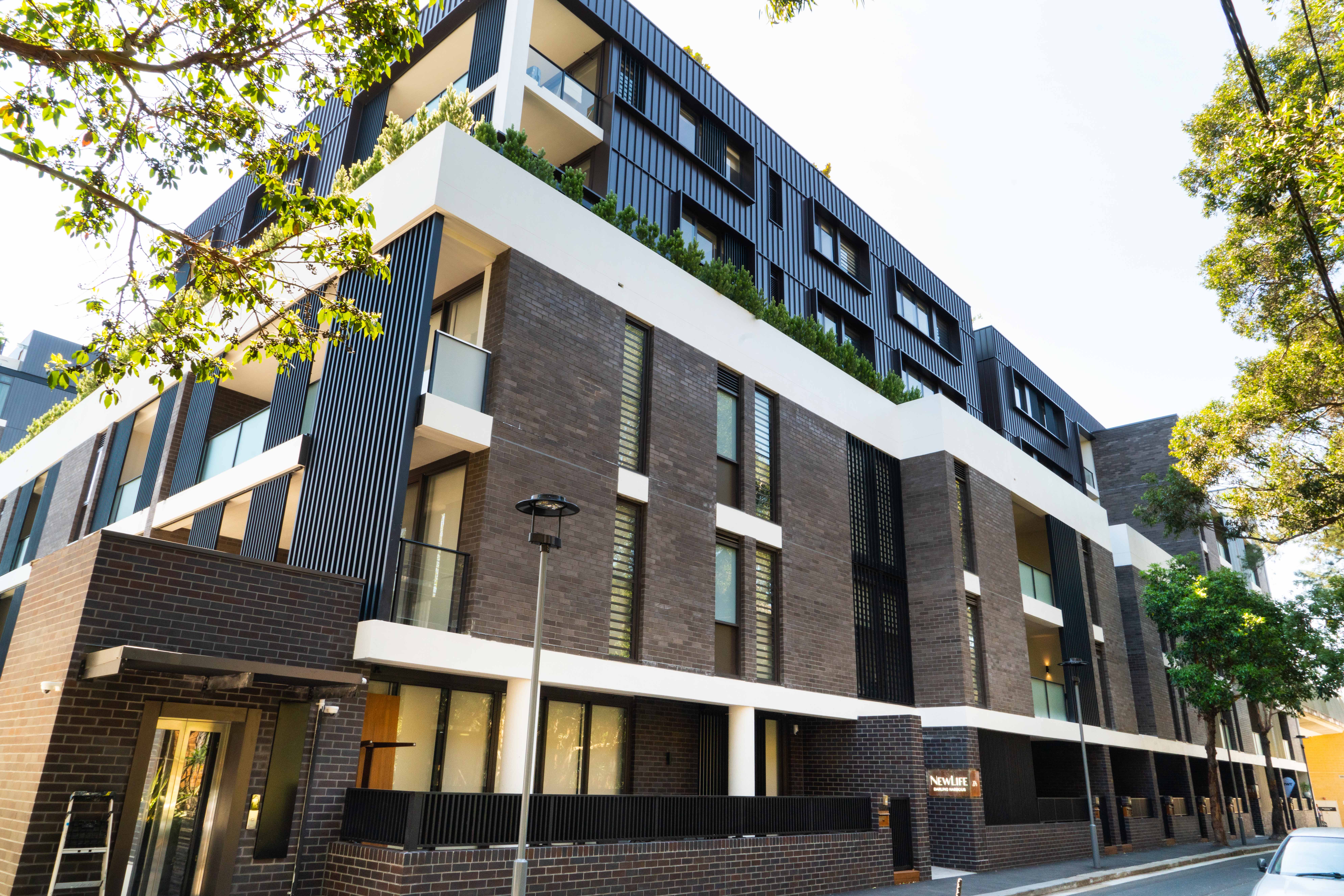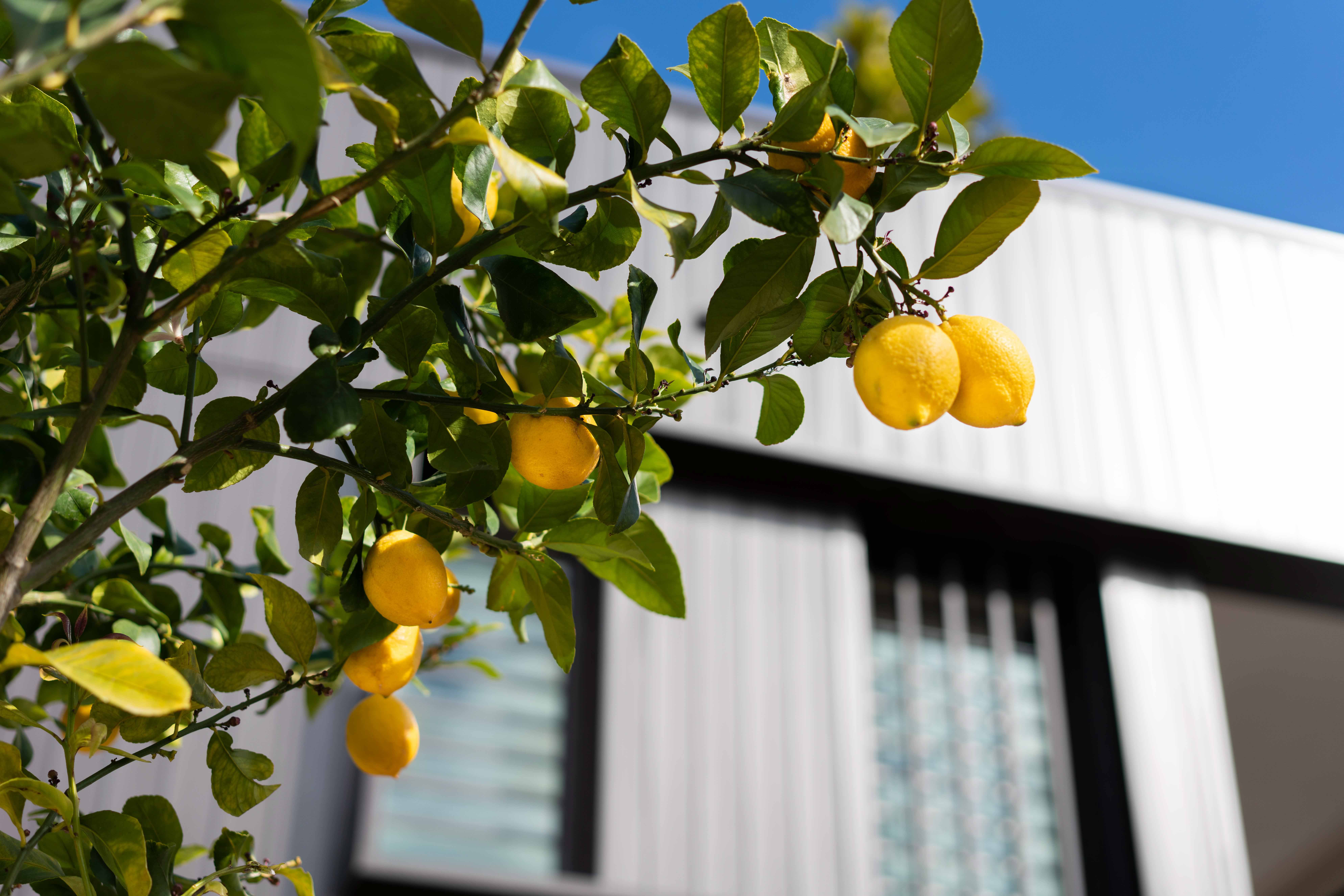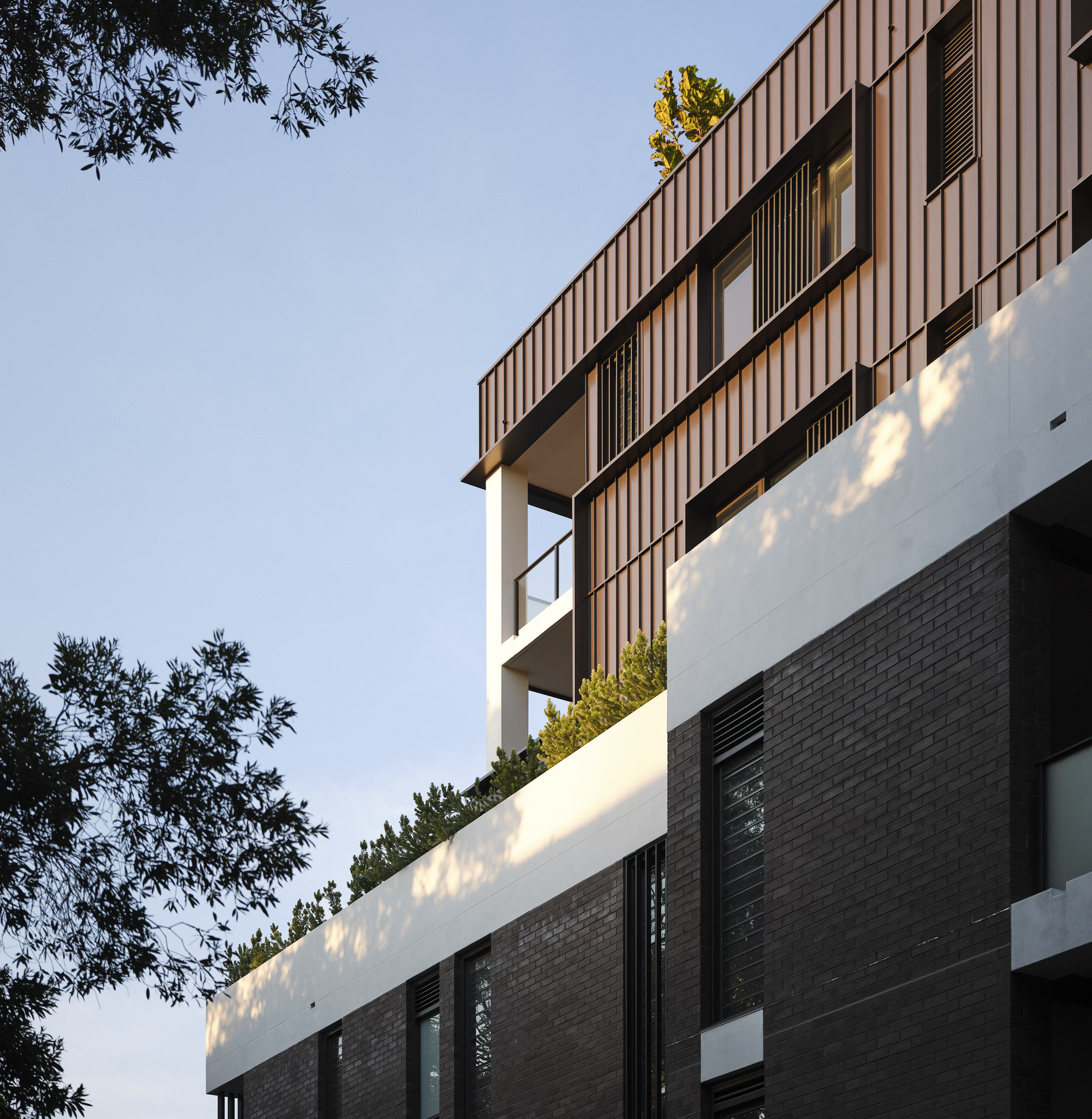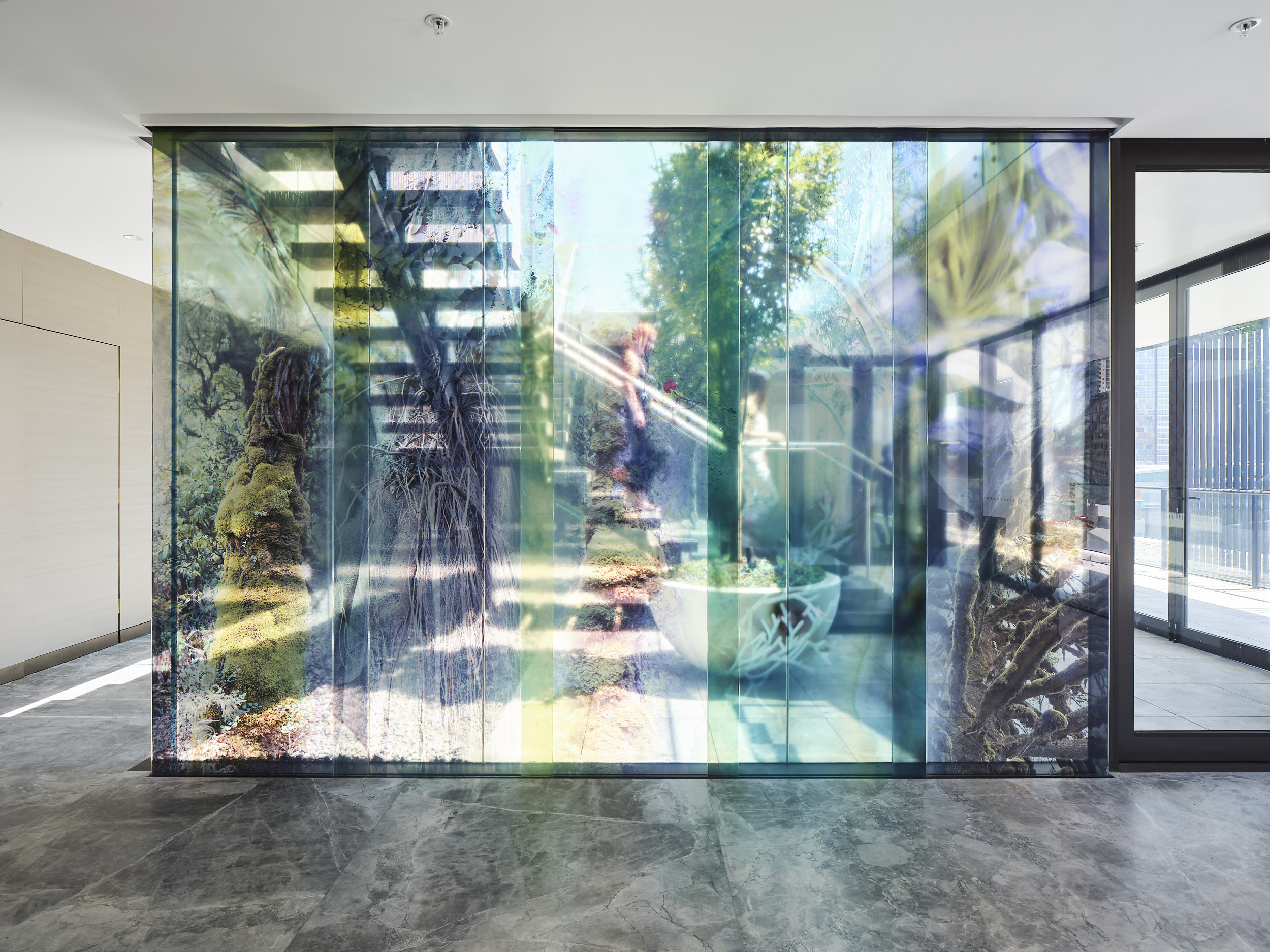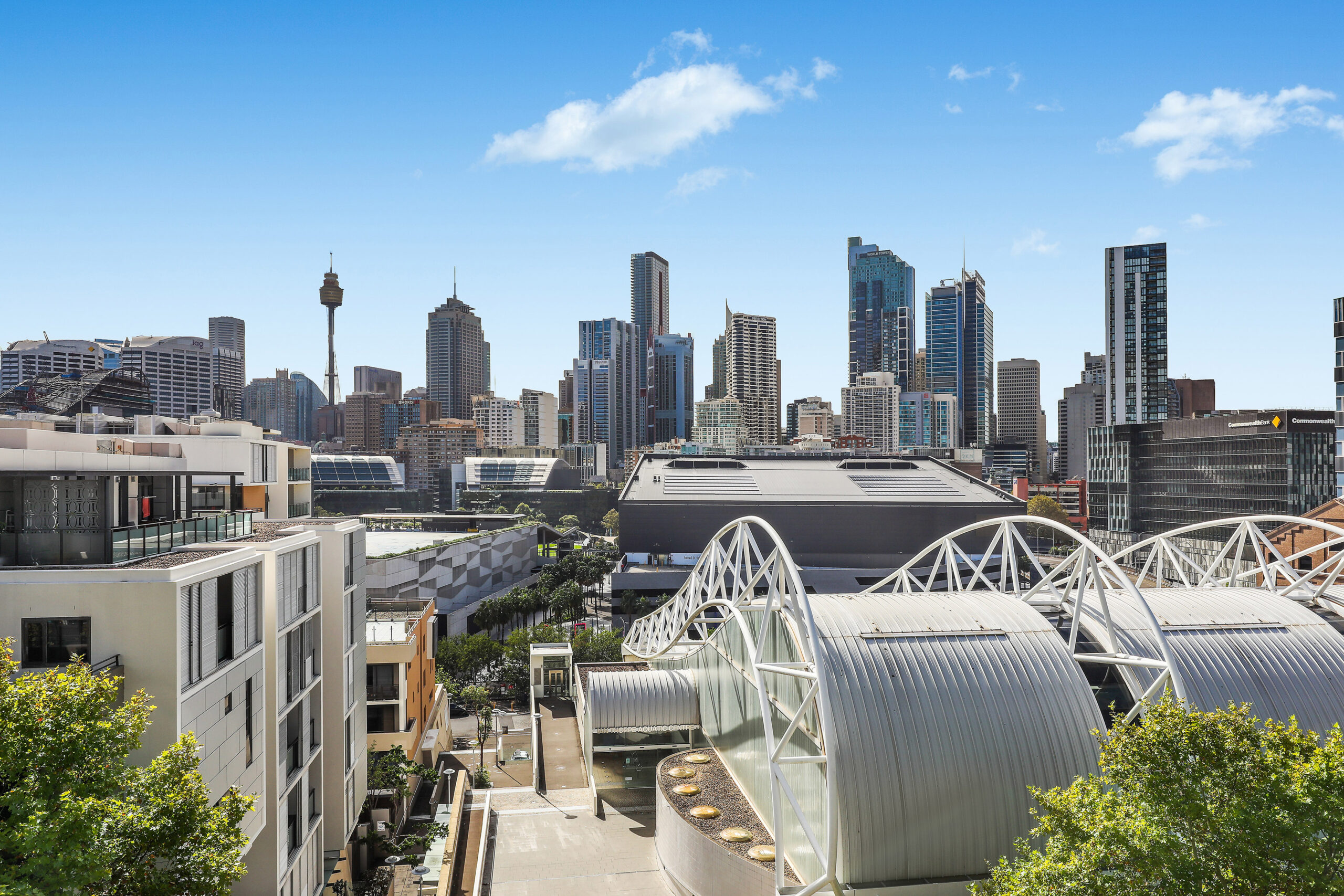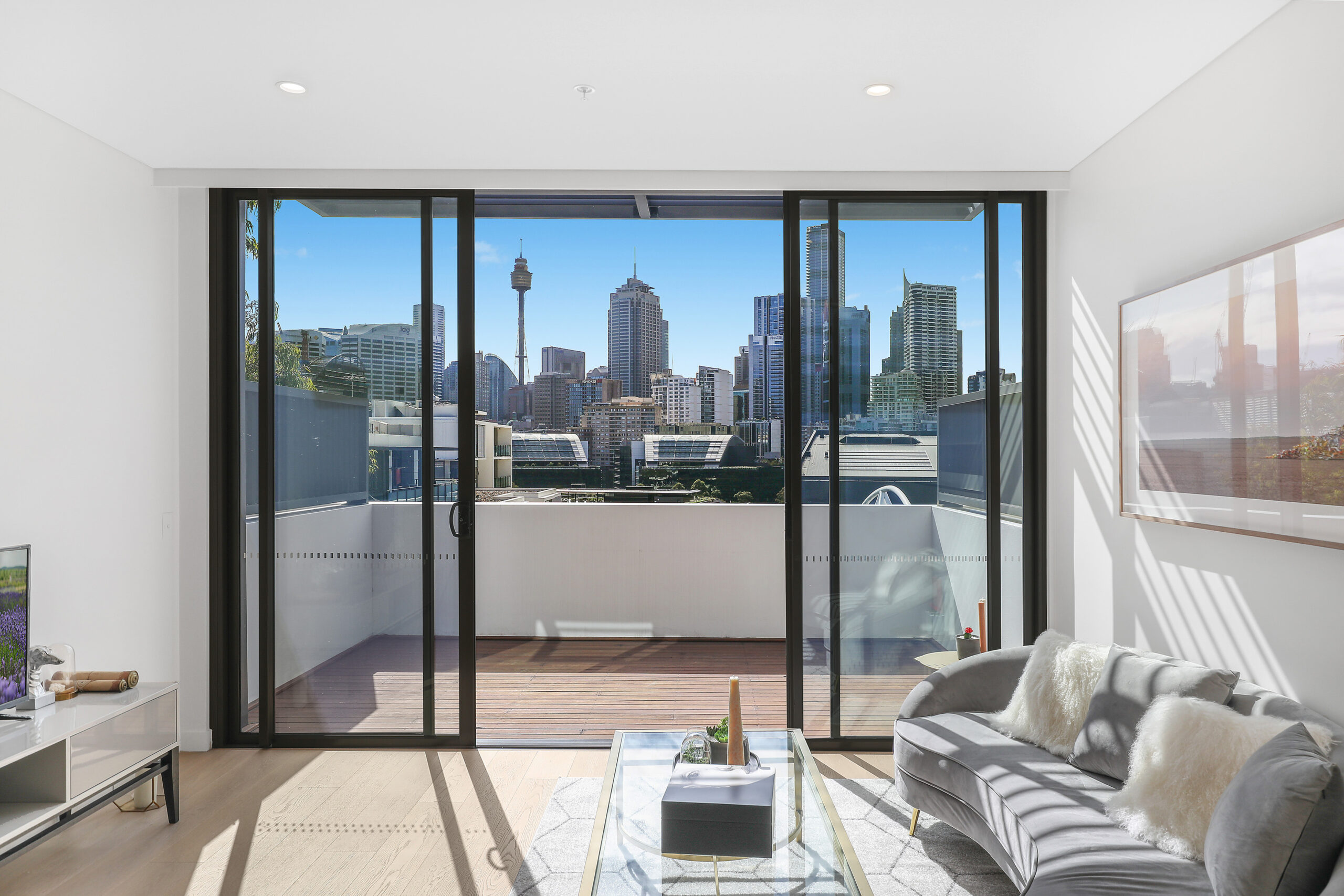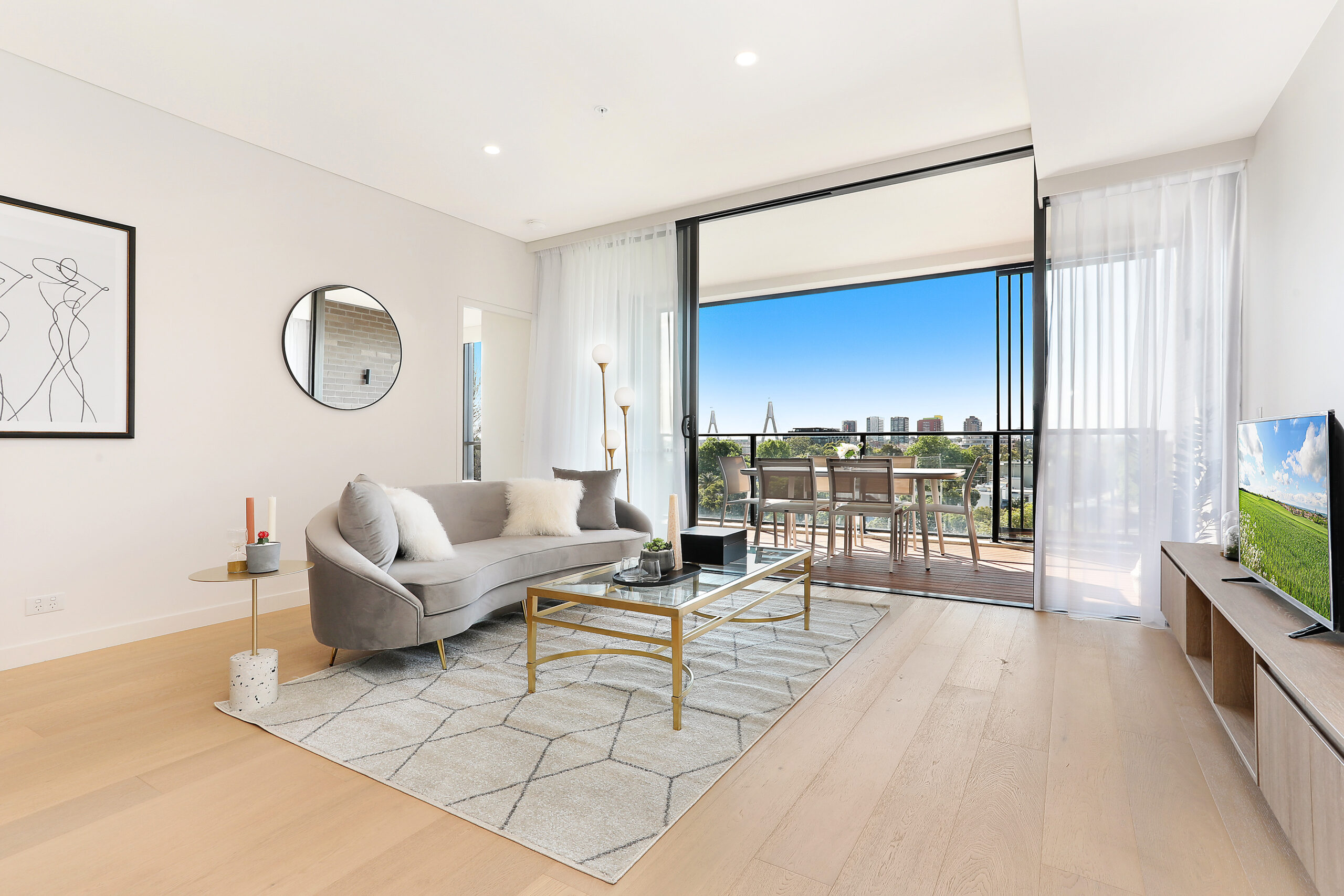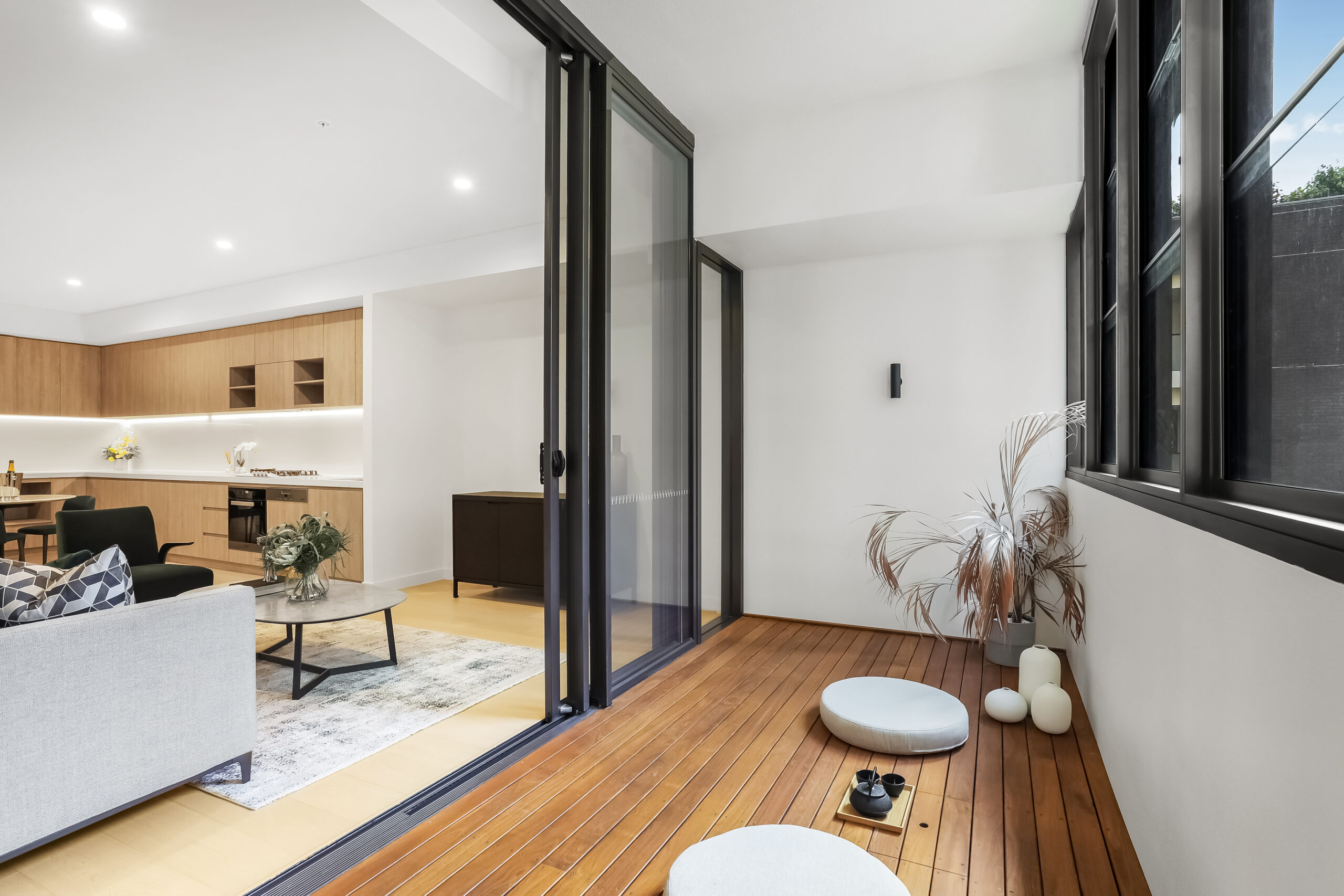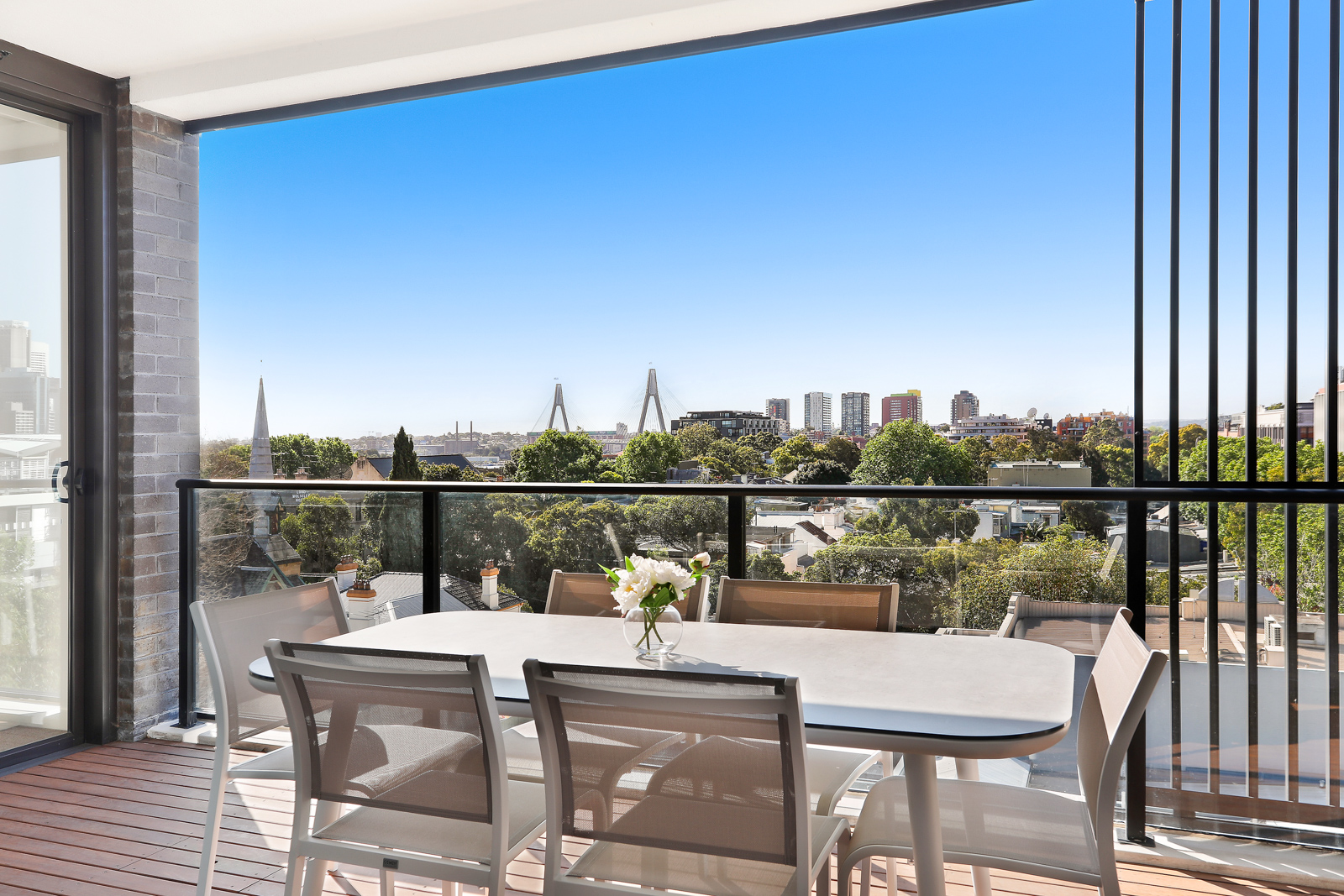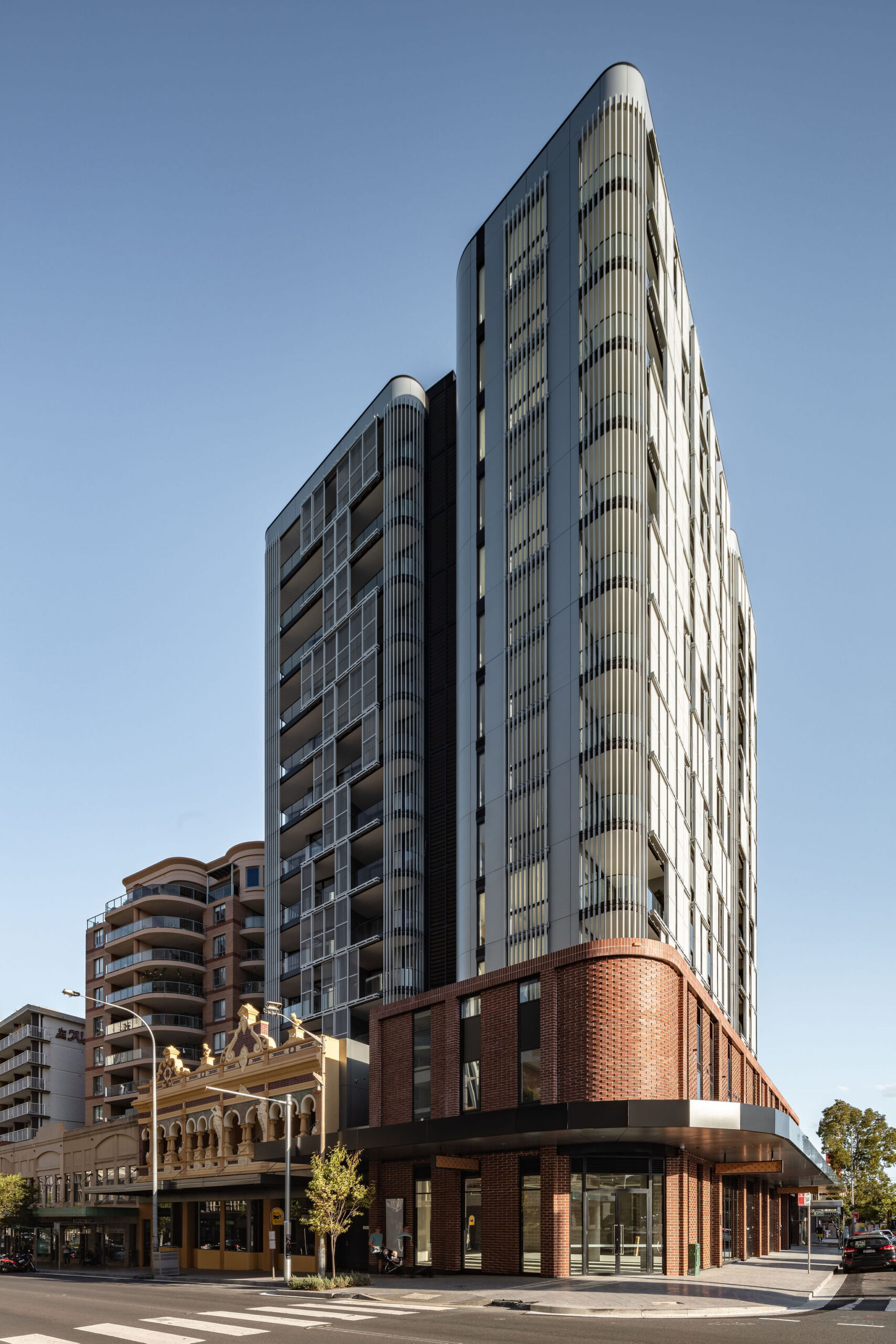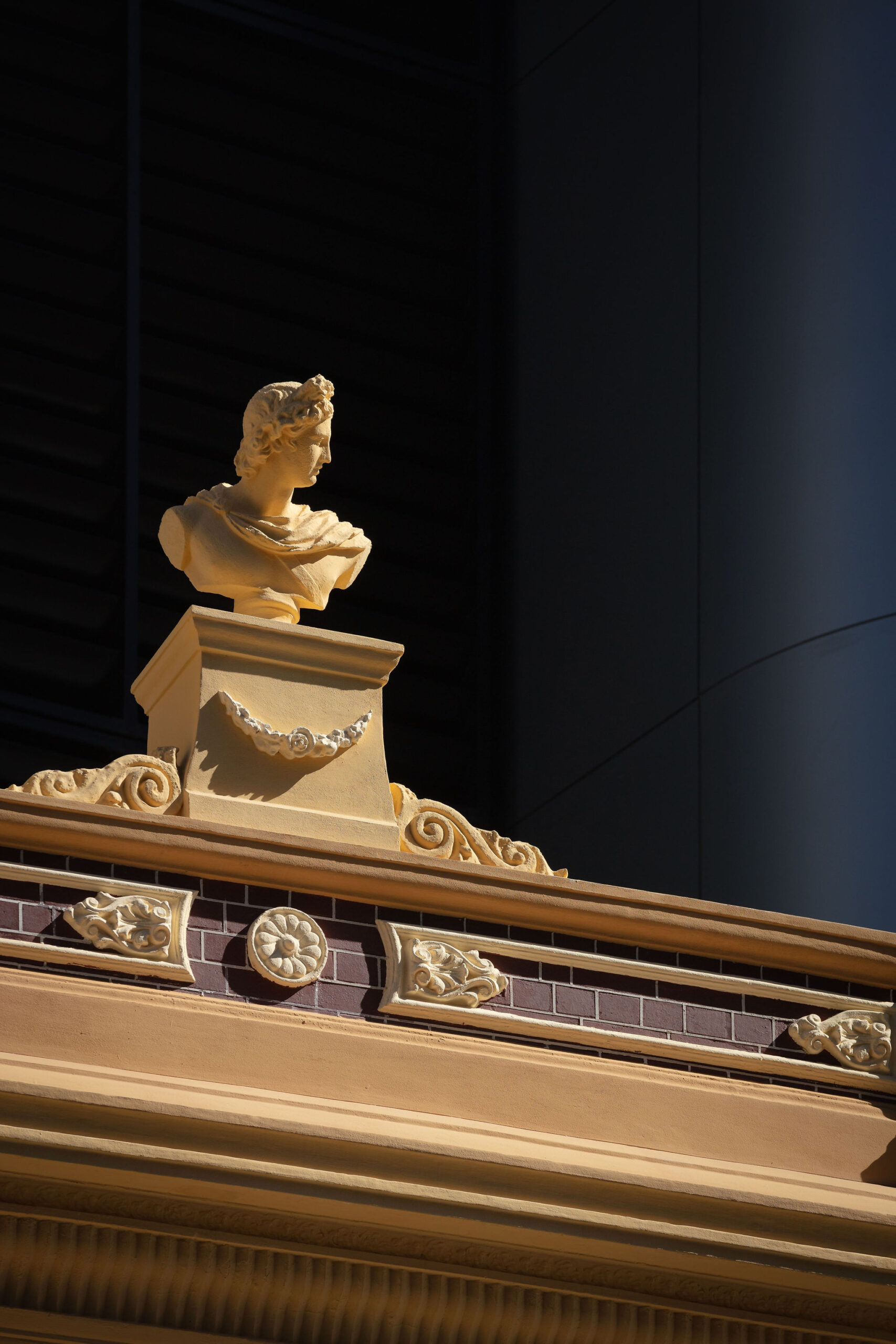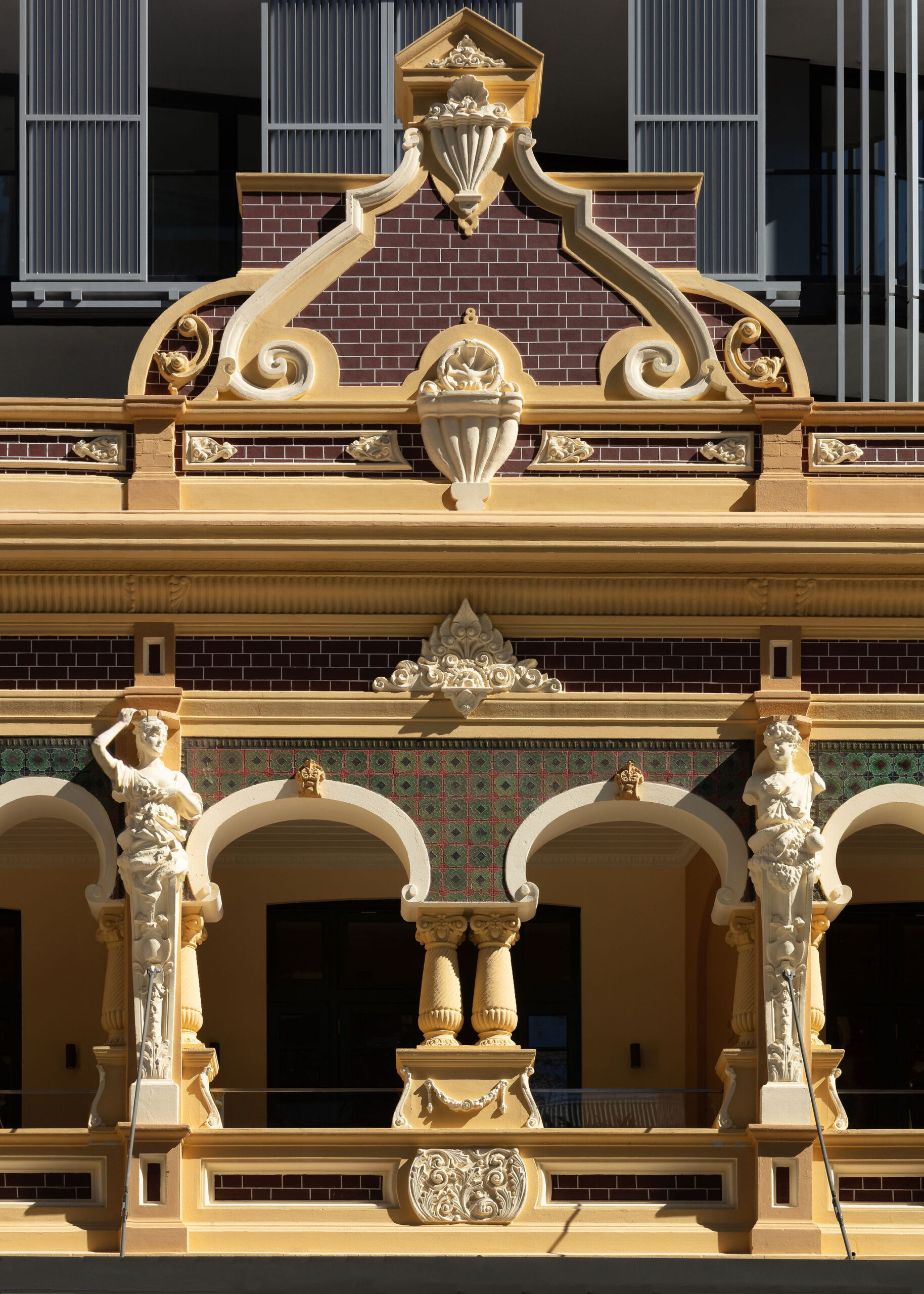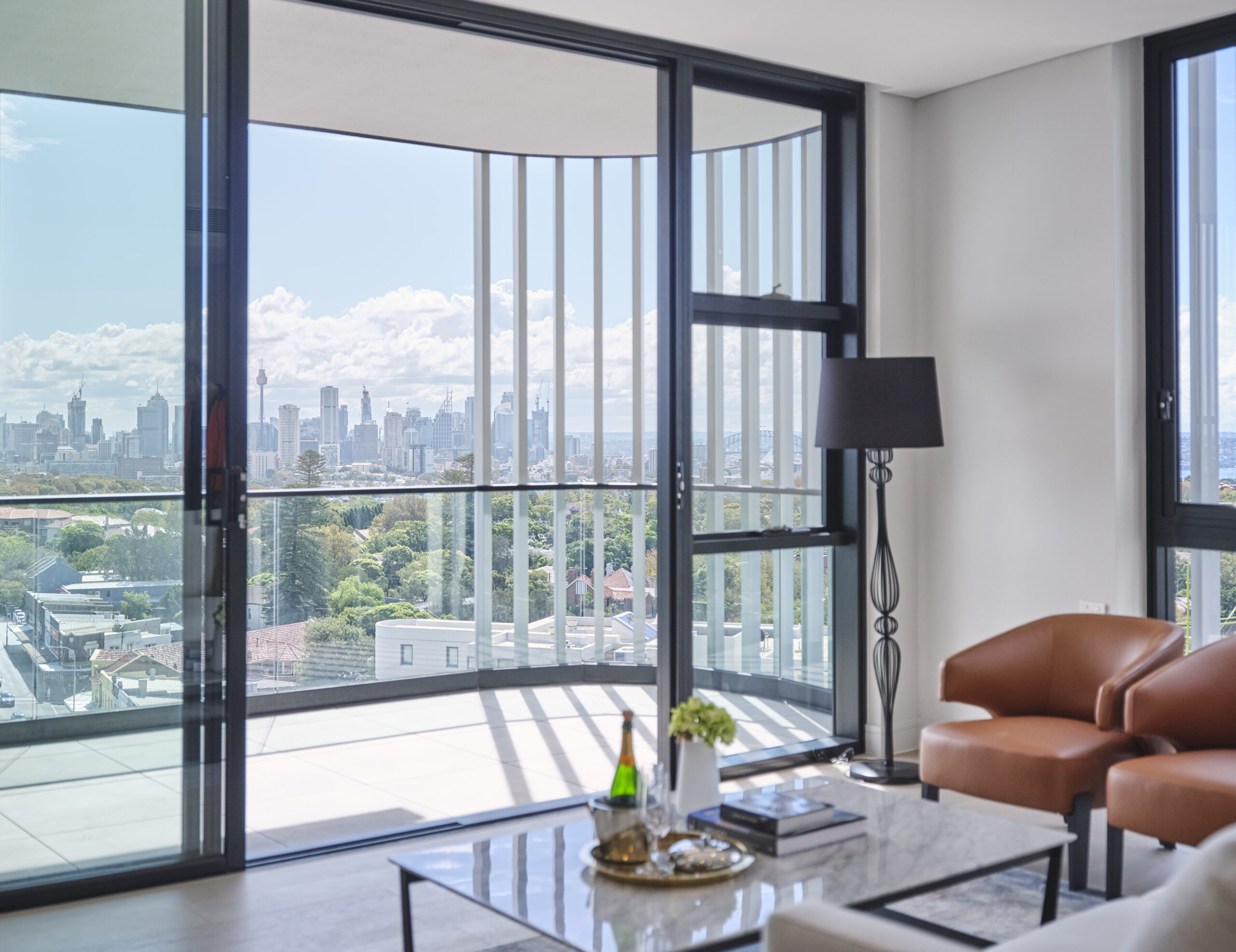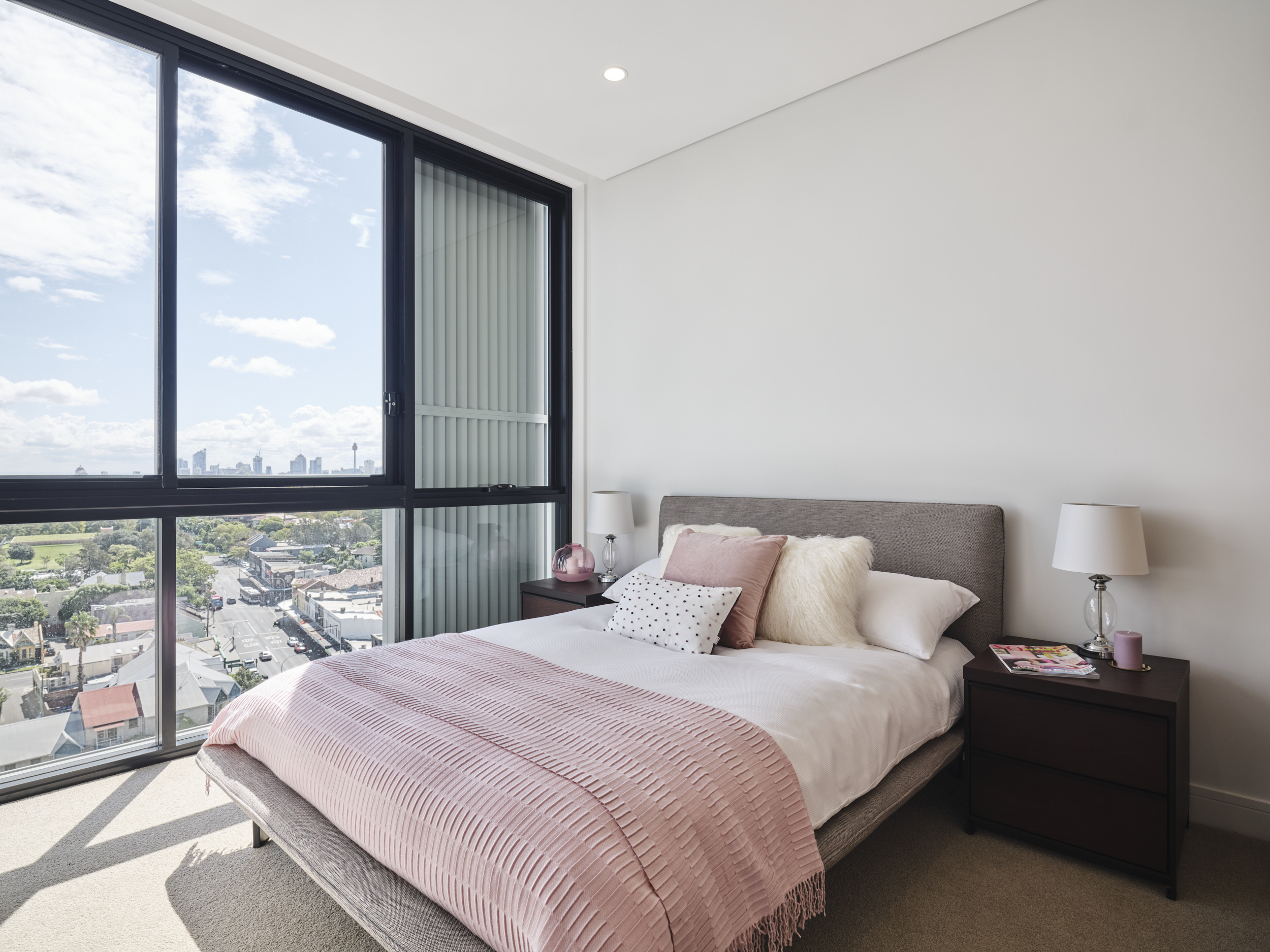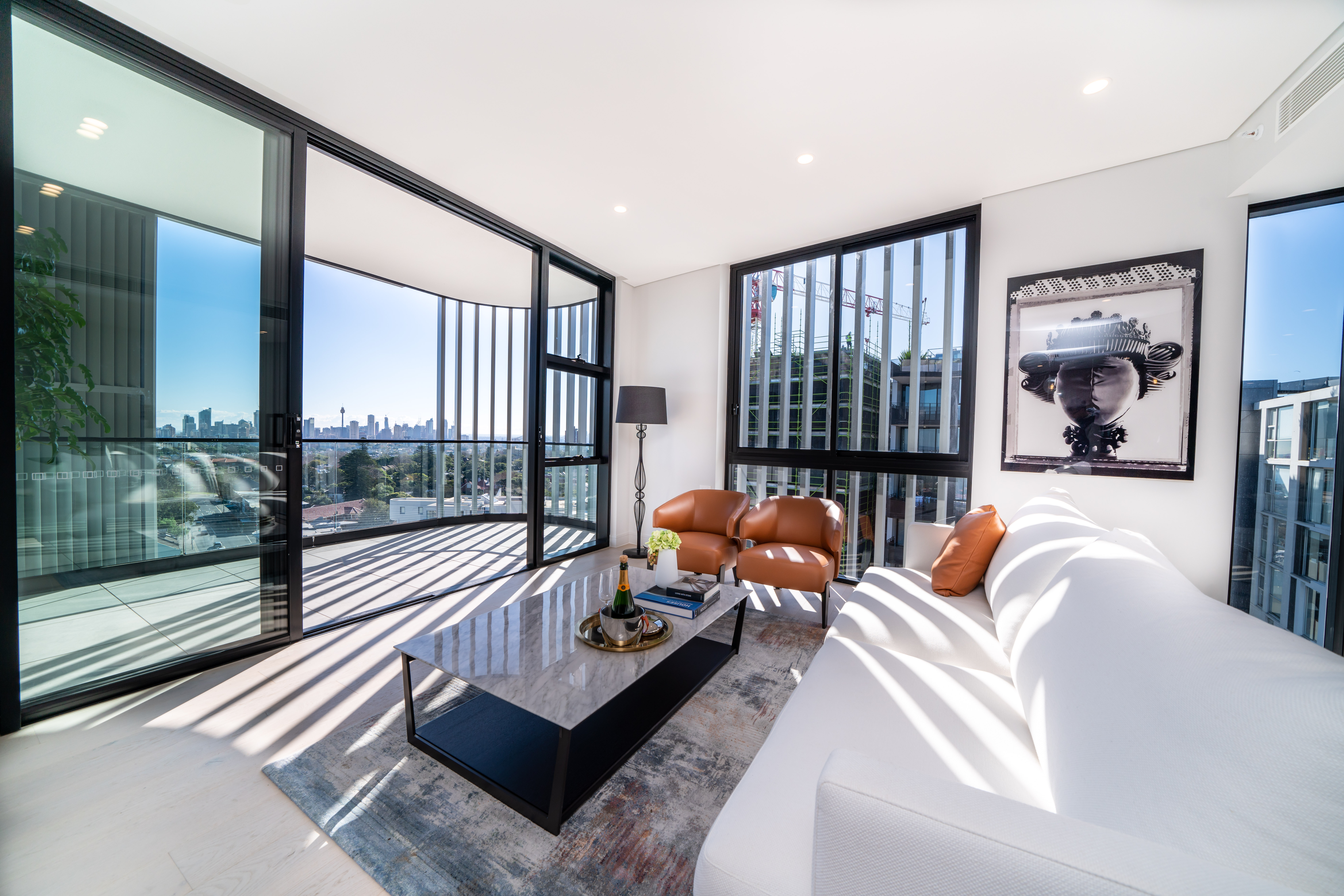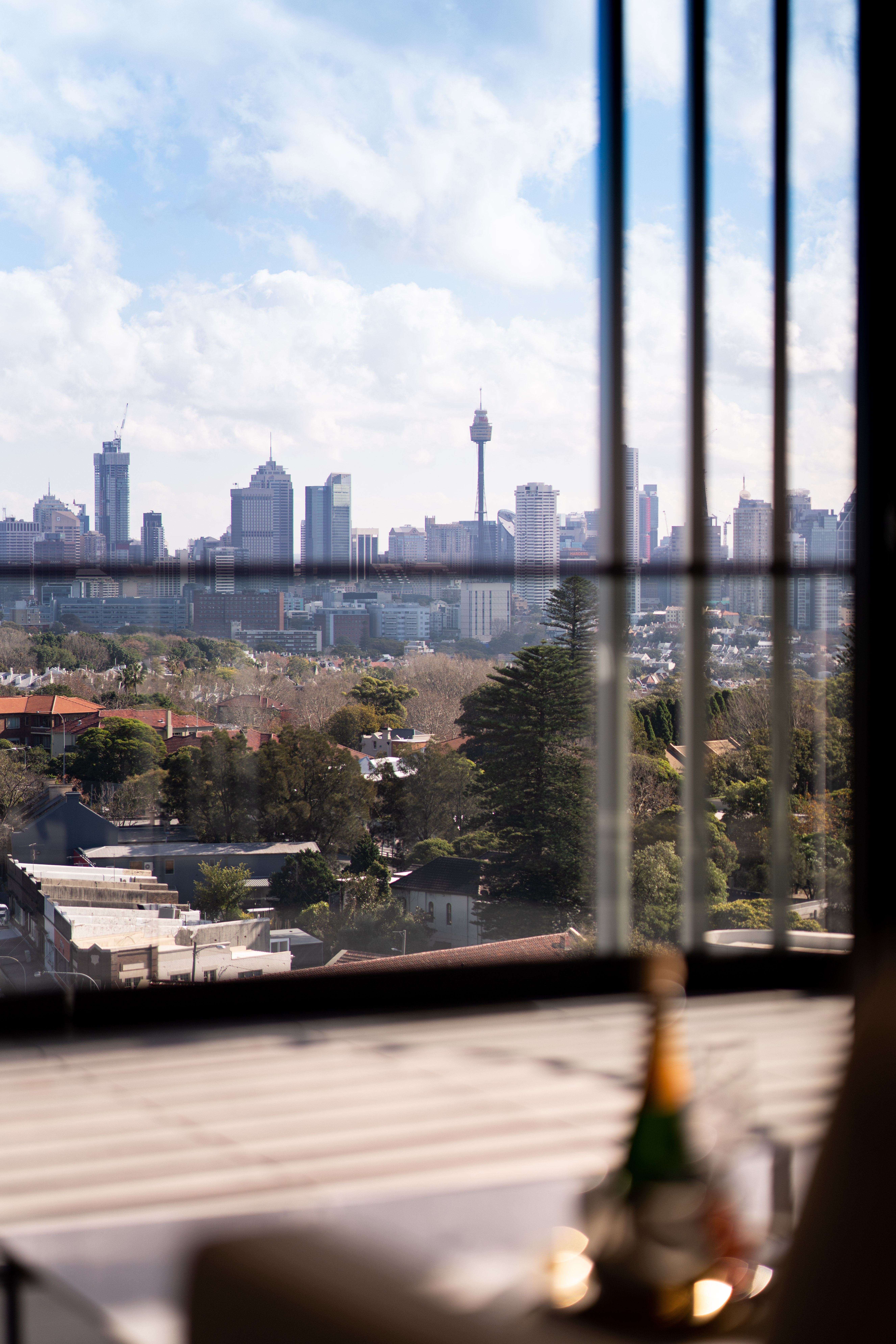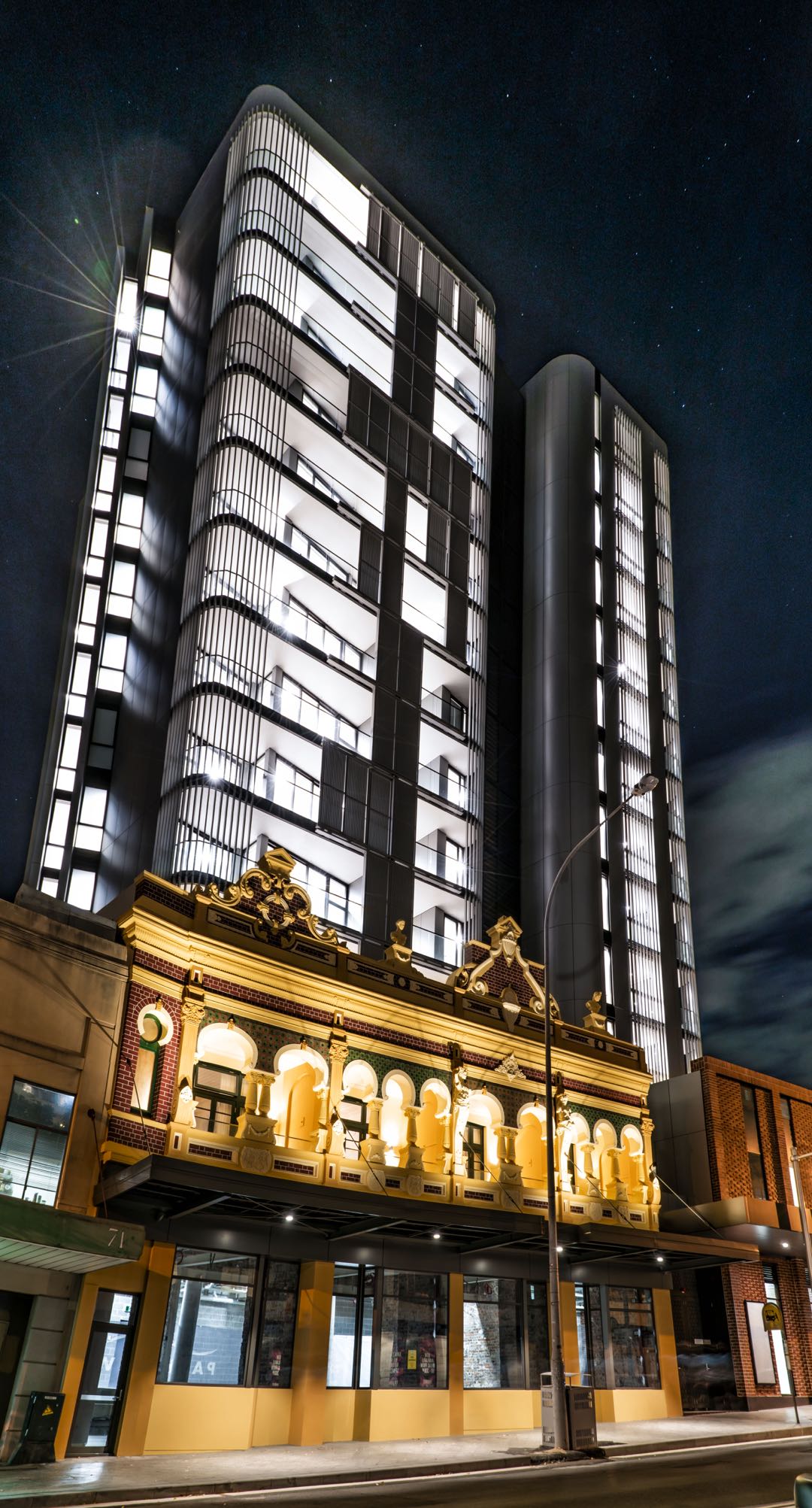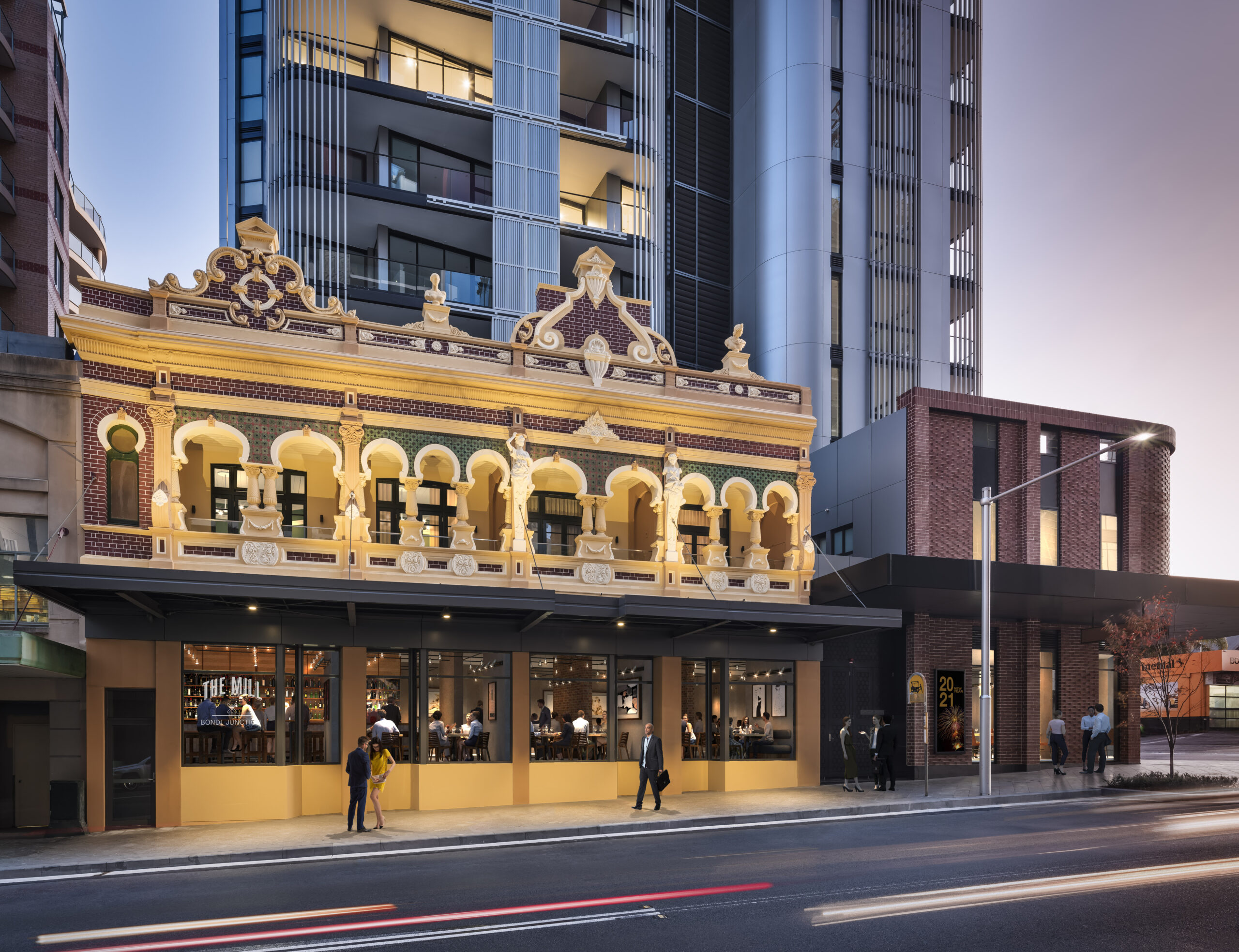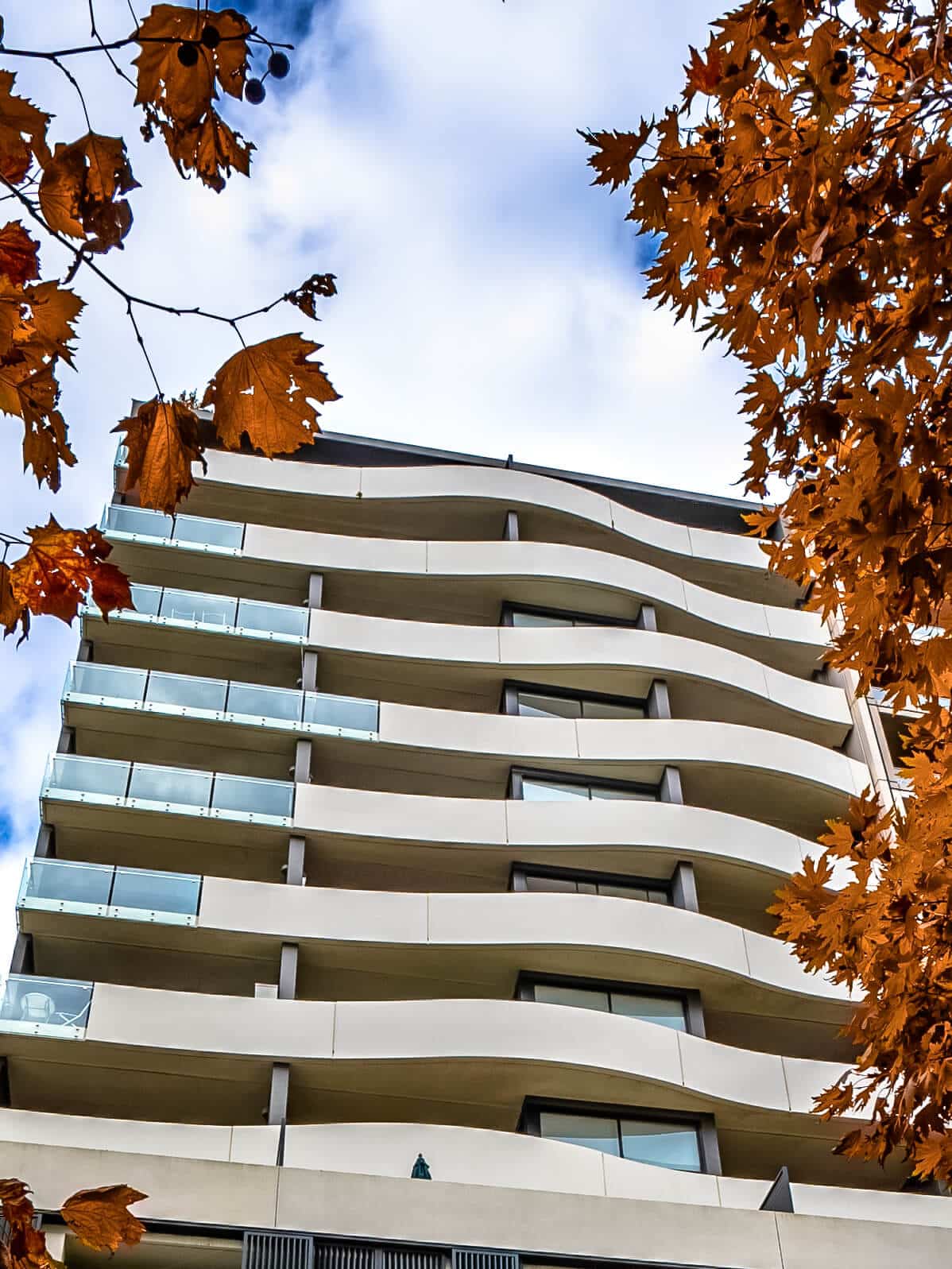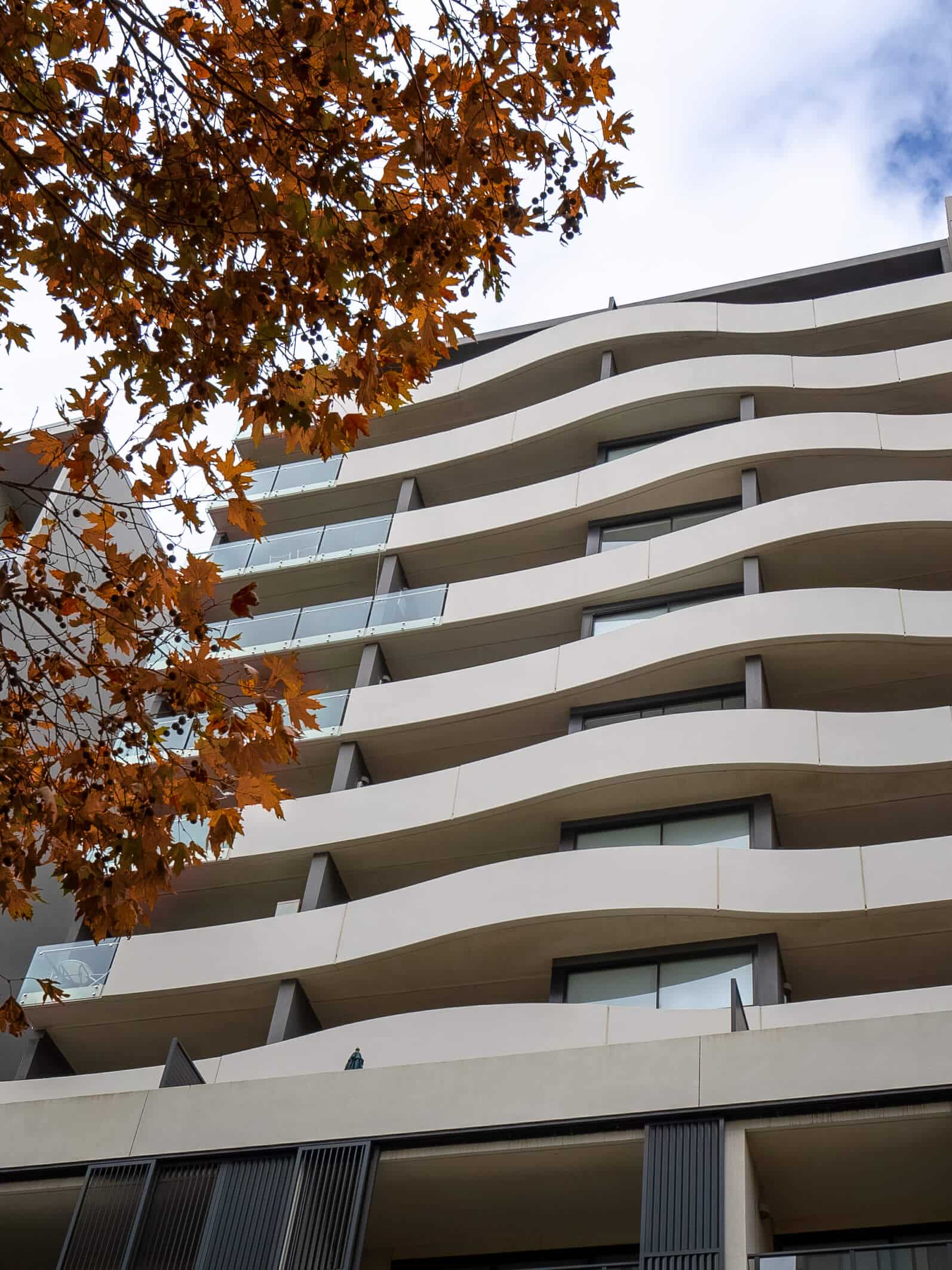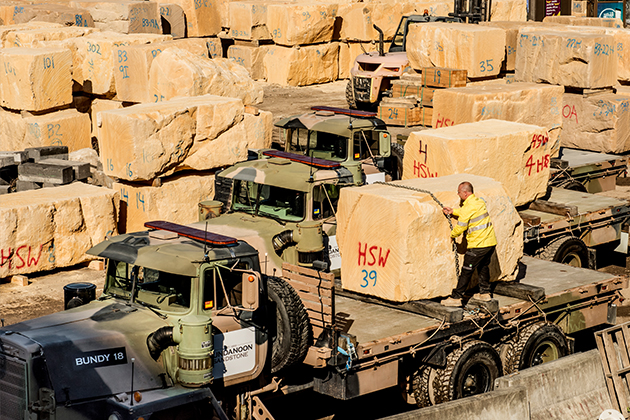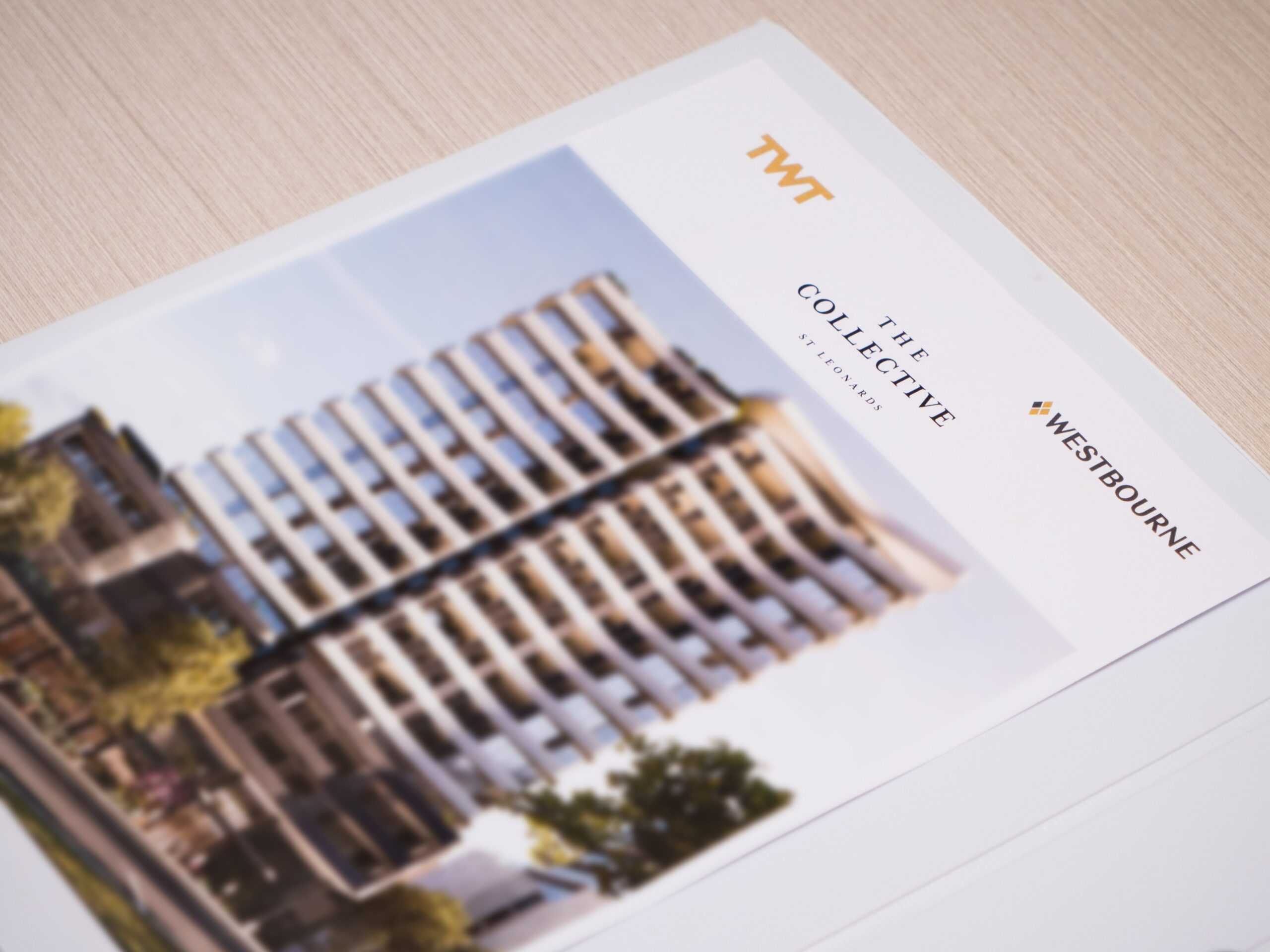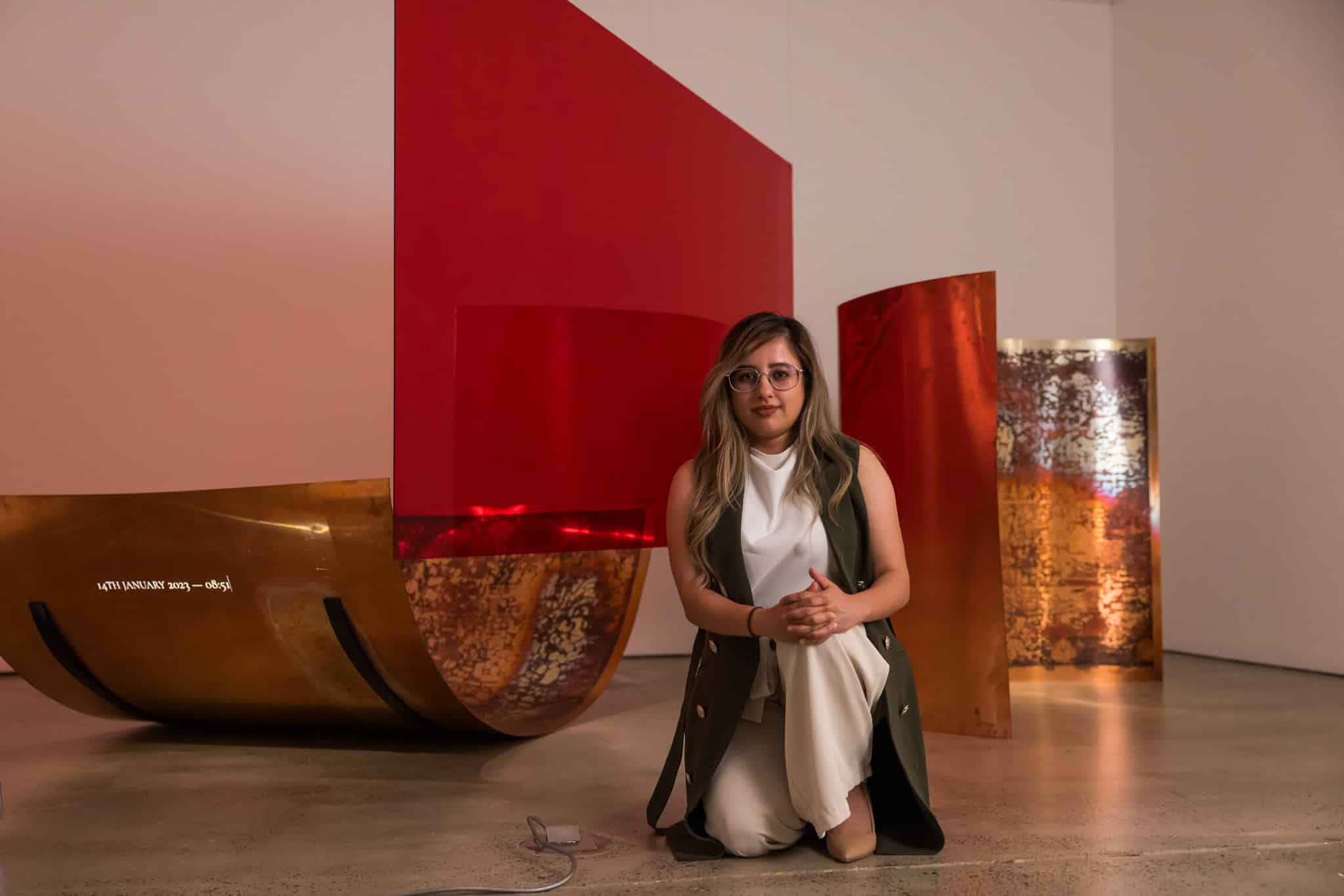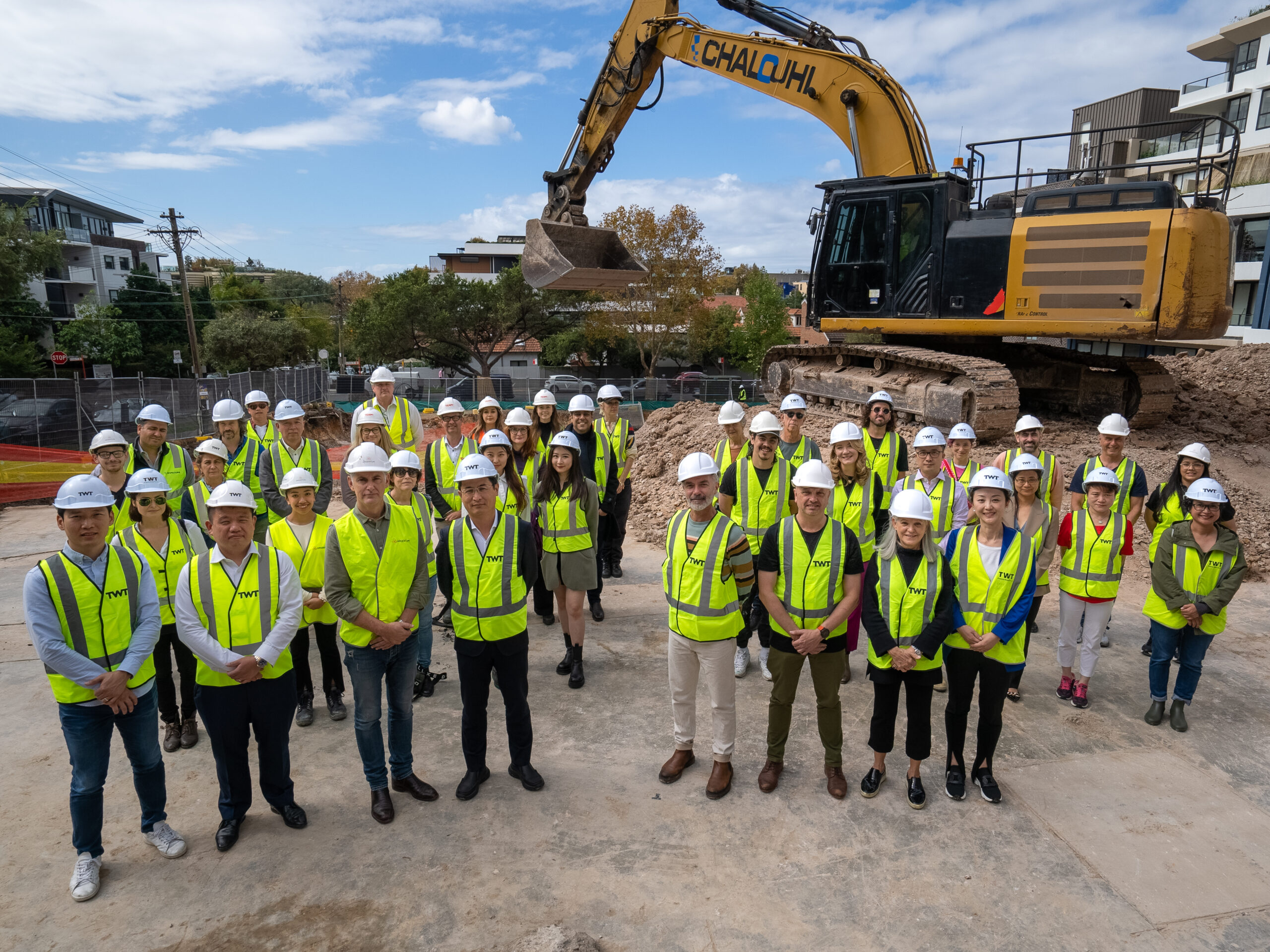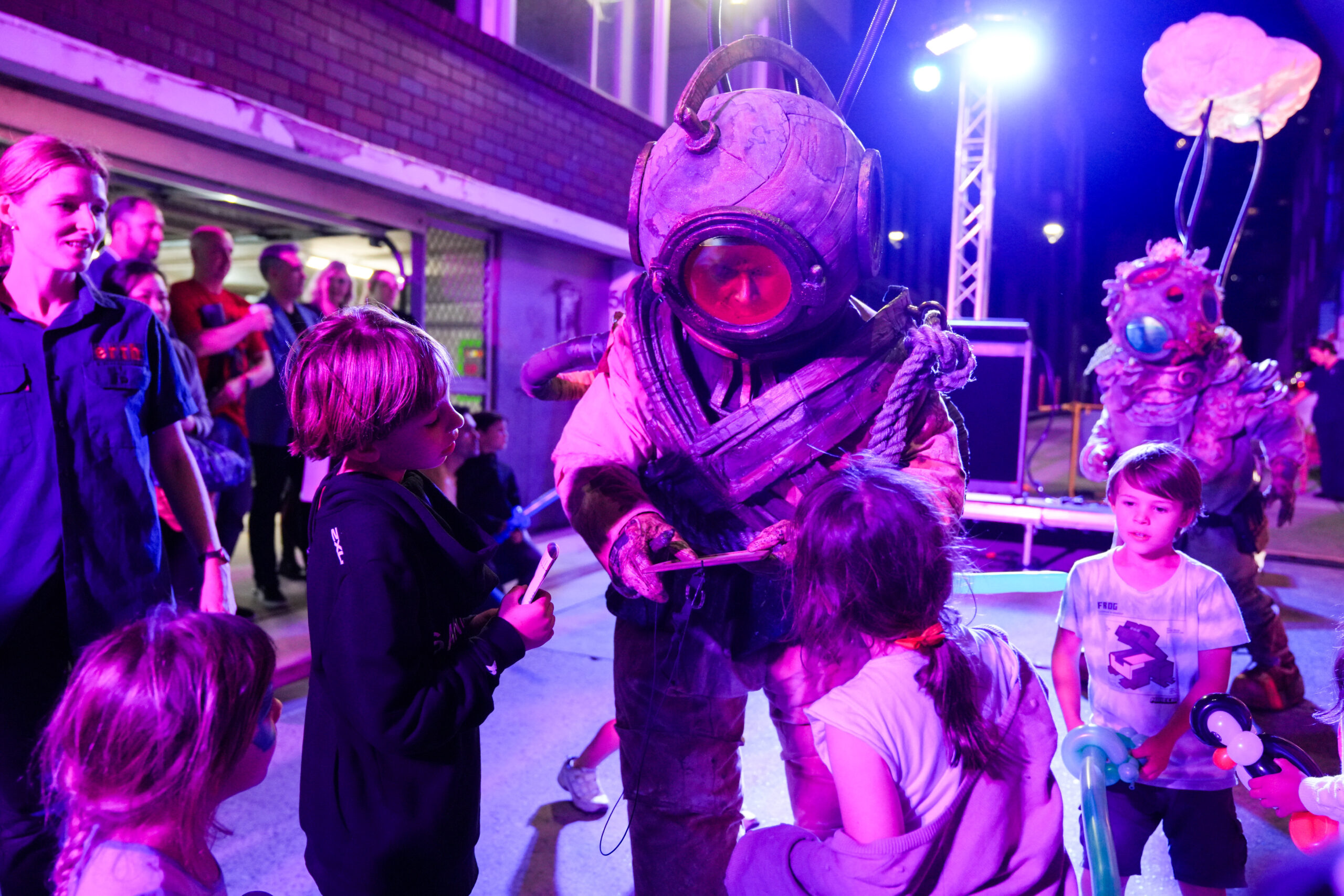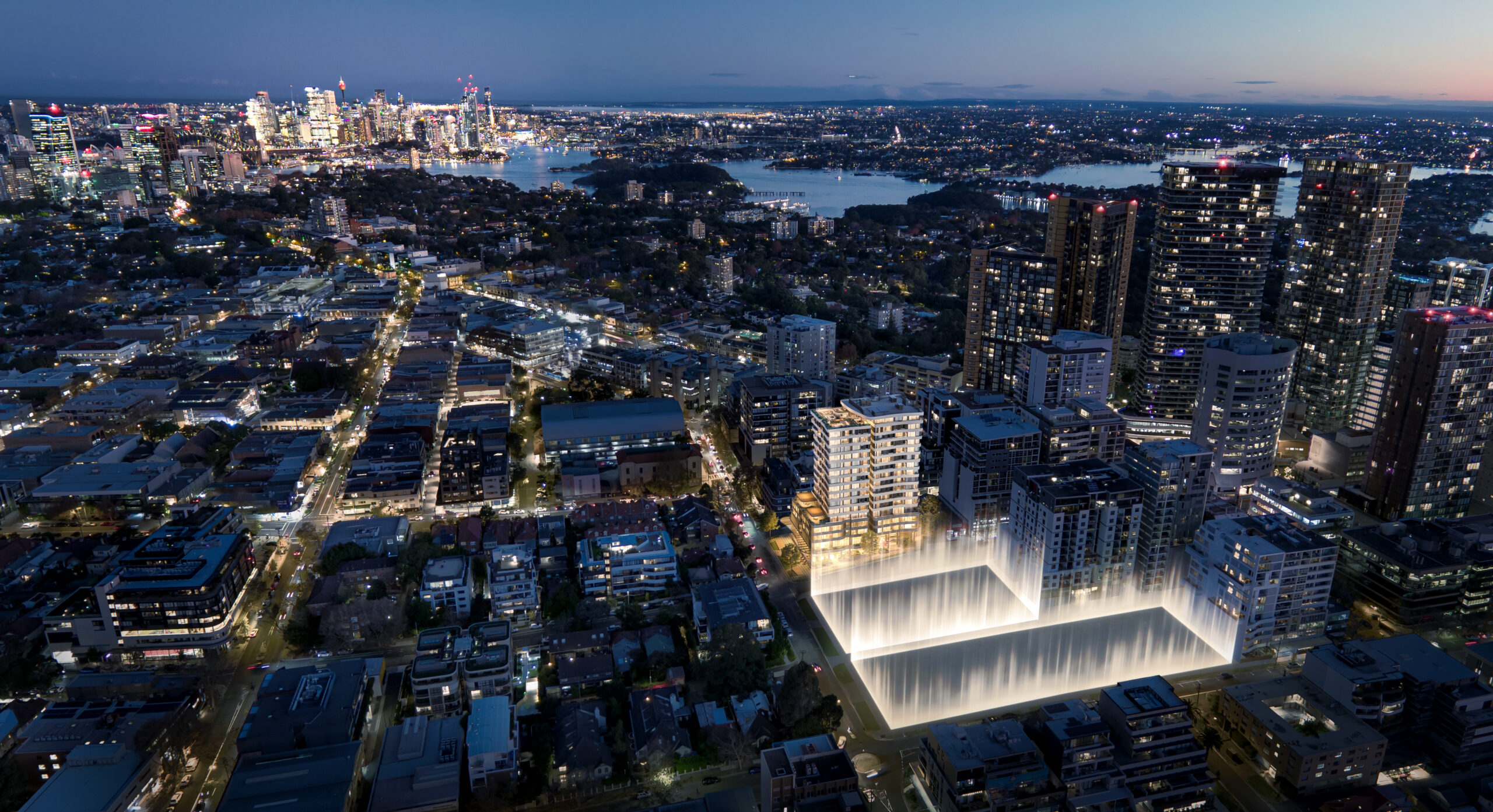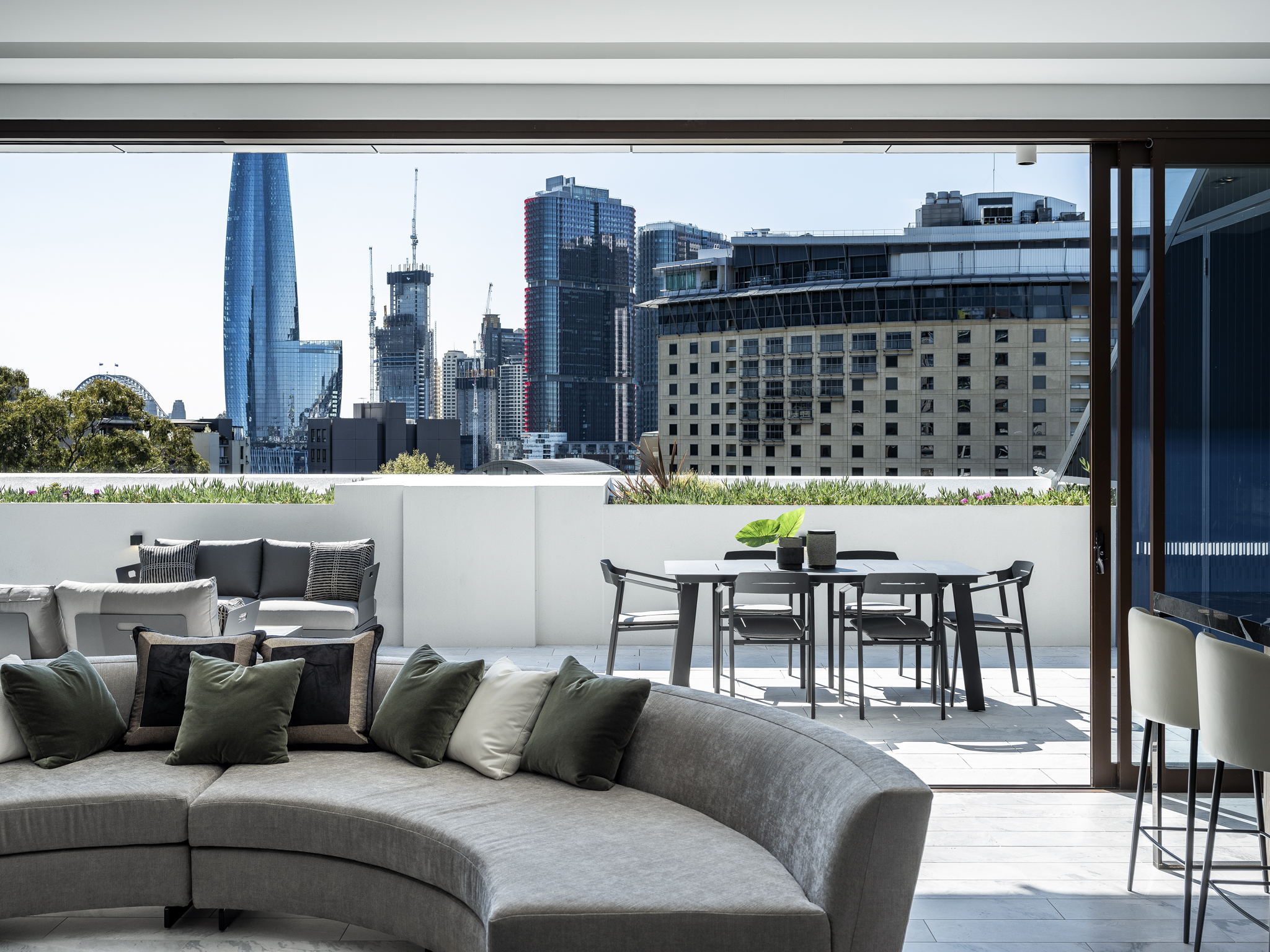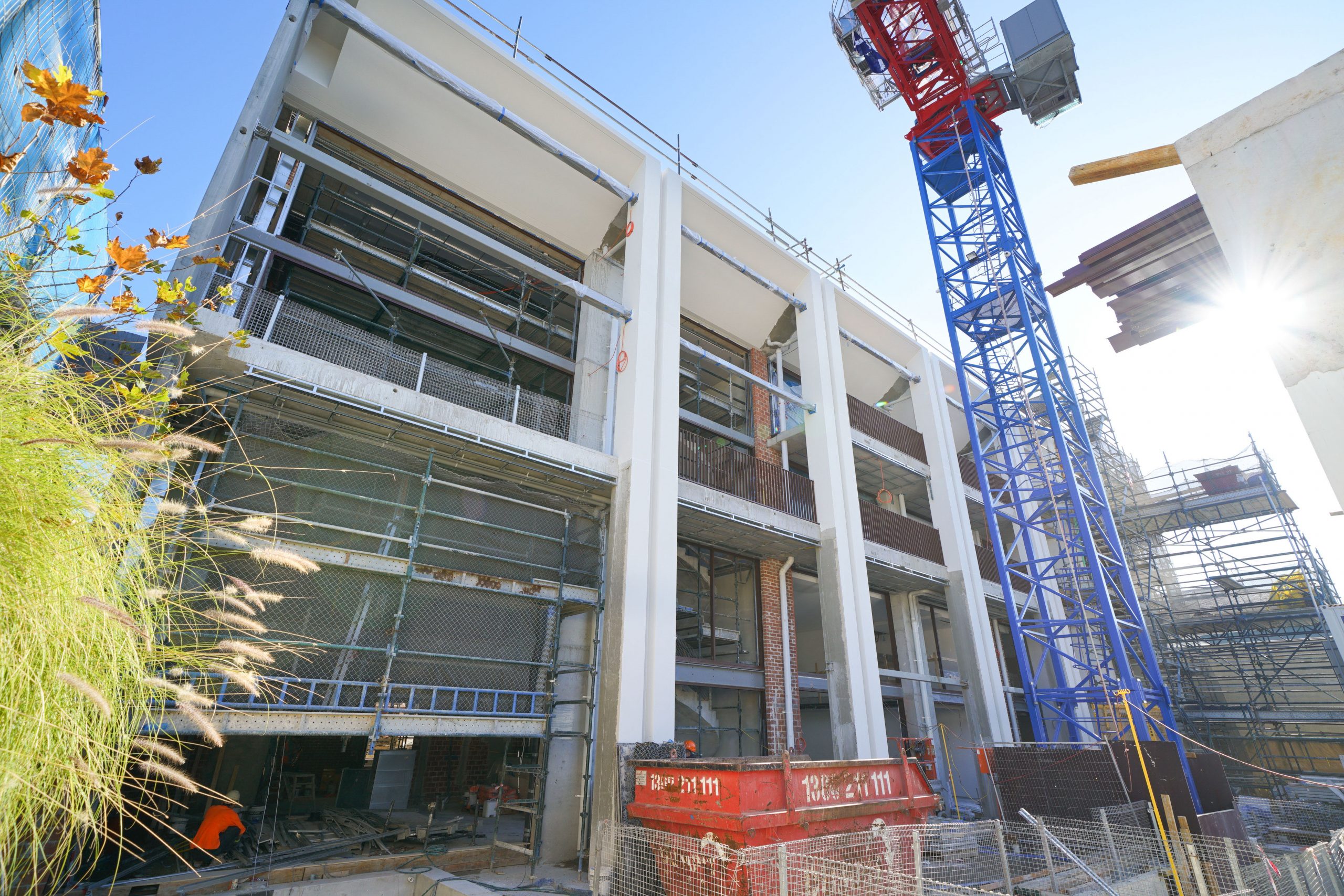It is often said that Sydney is a city blessed with a golden glow.
This amber hue, however, is not just a gift of the endless sunshine. It is also a result of Sydney yellowblock sandstone, dubbed “yellow gold” for its rich colour and value.
From the Australian Museum to St Mary’s Cathedral, the Great Synagogue to the Art Gallery of NSW, yellowblock sandstone – a variety of Sydney Basin Hawkesbury sandstone — long dominated the skyline, forming the bedrock of the city from the arrival of the First Fleet in 1790 to the grand civic buildings of the late 19th century.
It has created, as Delia Falconer writes in her book Sydney, “a kind of base note, an ever-present reminder of [Sydney’s] Georgian beginnings and more ancient past.”
Sandstone, however, does not last forever, prompting a new “yellow gold rush” today. As historic buildings start to erode, these landmarks need to be retouched and repaired. Reserves of yellowblock sandstone – much of which is buried deep beneath built-up urban areas of Sydney – ran out three years ago.
Until, now that is.
TWT Property Group has spent six months excavating their Pyrmont NewLife site, yielding roughly 4,000 m3 of sandstone, around half of which will be used by the government-operated Minister’s Stonework Program, responsible for keeping the city’s sandstone buildings in mint condition.
“Driving the first block in – several people had tears in their eyes, it was literally that depleted,” says Troy Stratti, owner of Bundanoon Sandstone, as he gestures towards the diggers heaving vast 12-tonne blocks out of the bowels of the earth onto waiting trucks.
“We’re already doing work on Sydney Hospital –as well as other buildings such as the State Library and Australian Museum,” grins landscape architect and stone consultant. “Sandstone really had run out until this opportunity became available.”
“Watching the giant machines break off their stones from their bed – that bed was created around 500 million years ago, it’s like these grains of sand seeing the light of day for the first time in 500 million years,” he adds. “Nature has yielded a very valuable material for us.”
In the 19th century, sandstone, meeting the needs of a building boom fuelled by the gold rush, was painstakingly gouged from the earth using horse and cart. Chief amongst the sandstone kings was Charles Sanders, an English immigrant to Sydney. He operated three quarries in Pyrmont, known as Paradise, Purgatory and Hellhole (the former yielded the best stone; the latter the worst).
The stone was, and remains, loved not only for its rich honey colour (a result of oxidisation) but its strength and malleability.
“It’s soft to work, it holds detail and it’s a lovely finish – it comes out of the earth as a grey colour and then over time it develops a nice warm outer skin which hardens up,” says Paul Thurloe, stonemason manager for New South Wales’ Heritage Stoneworks.
Pyrmont is still the location of the best quality yellowblock. But as Stratti notes, “you can’t just open a quarry in an urban area. The only chance we have of getting yellowblock now is when we have to do excavations for a tall building, and we need a deep car park underneath it.”
“So you need a very special developer who is willing to come and harvest this sandstone – it takes time, time is valuable for developers, that’s why we’re thankful to TWT for allowing us to get this stone out.”
Thurloe believes preserving Sydney’s legacy is critical, as is keeping historical buildings in “in good condition so they can be enjoyed for future generations.”
TWT, however, wants to not only pay tribute to Sydney’s past as the “yellow city”, but to use sandstone to built the future, too. Architect Jackson Teece is designing fourteen terraces on the NewLife site, using the very same stone that has been excavated.
“Through the use of sandstone in the interior spaces we are able to retain the historical asset of the site and preserve it,” notes NewLife’s interior designer DBI. “And we are able to invite the residents to be a part of the site’s transformation and maintain a link to the past.”
“Rescuing the stone from the heritage stone program is just the beginning – it’s a new life for the heritage conservation program,” says Stratti. “But it’s [also] a new life for people who want to live here in the city and live with a material that doesn’t require insulation, that naturally stays at a temperature.”
Or, to put it another way, sandstone says Stratti “is an identity as much as it is a geological material – it’s quintessentially Sydney.”


